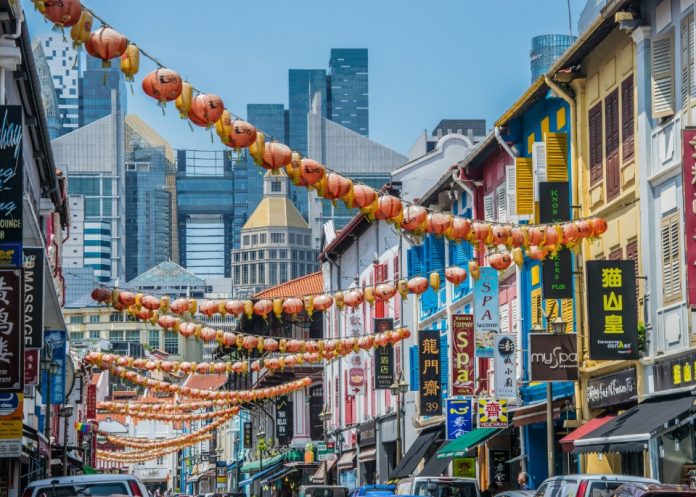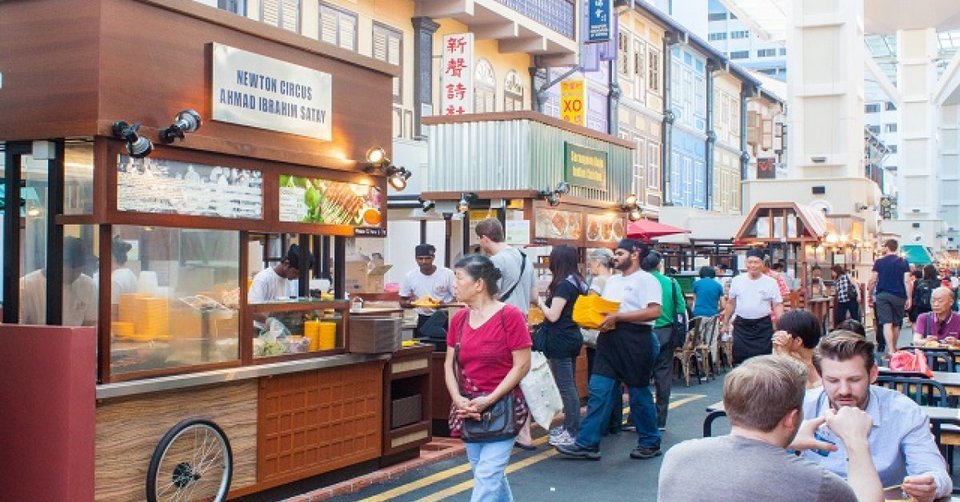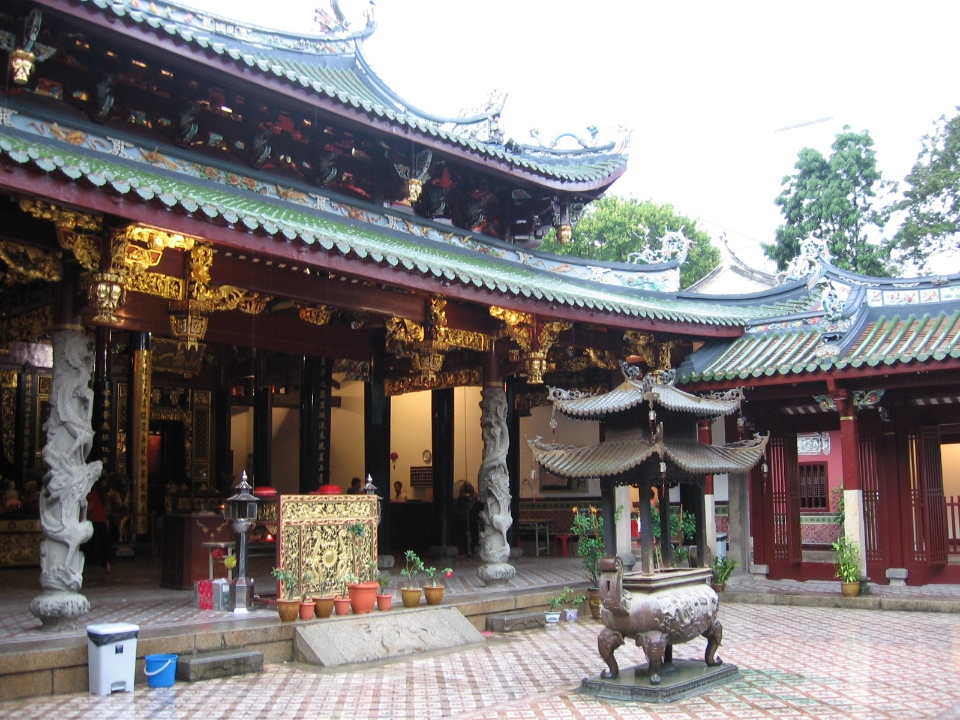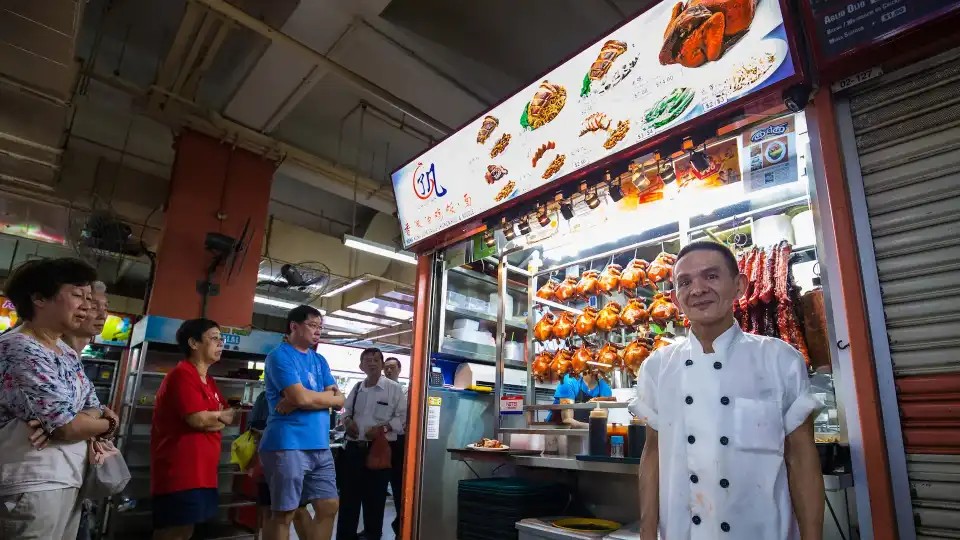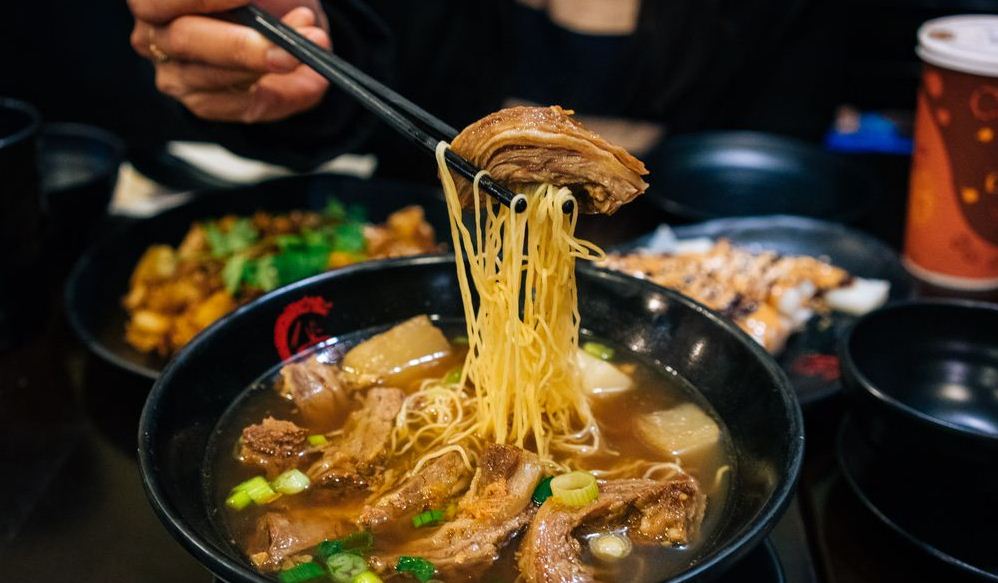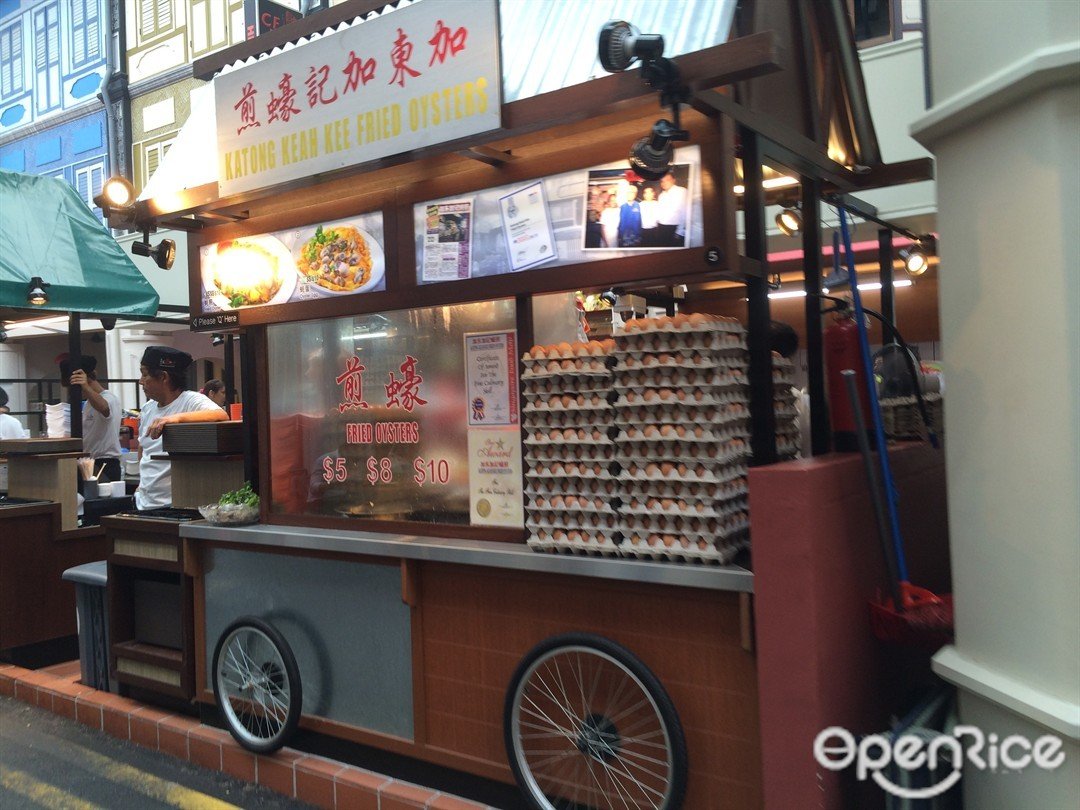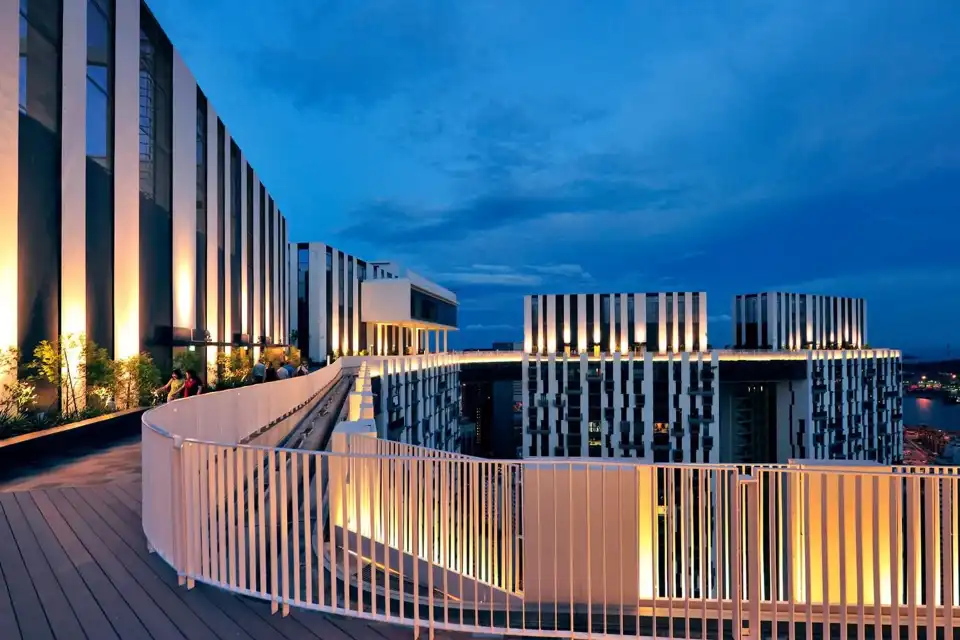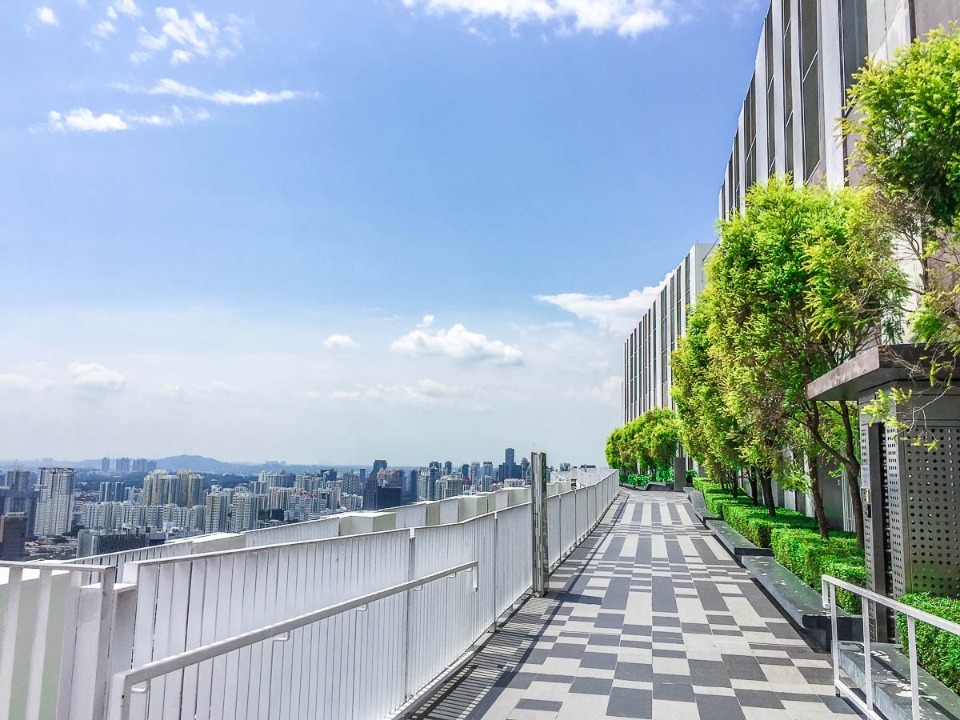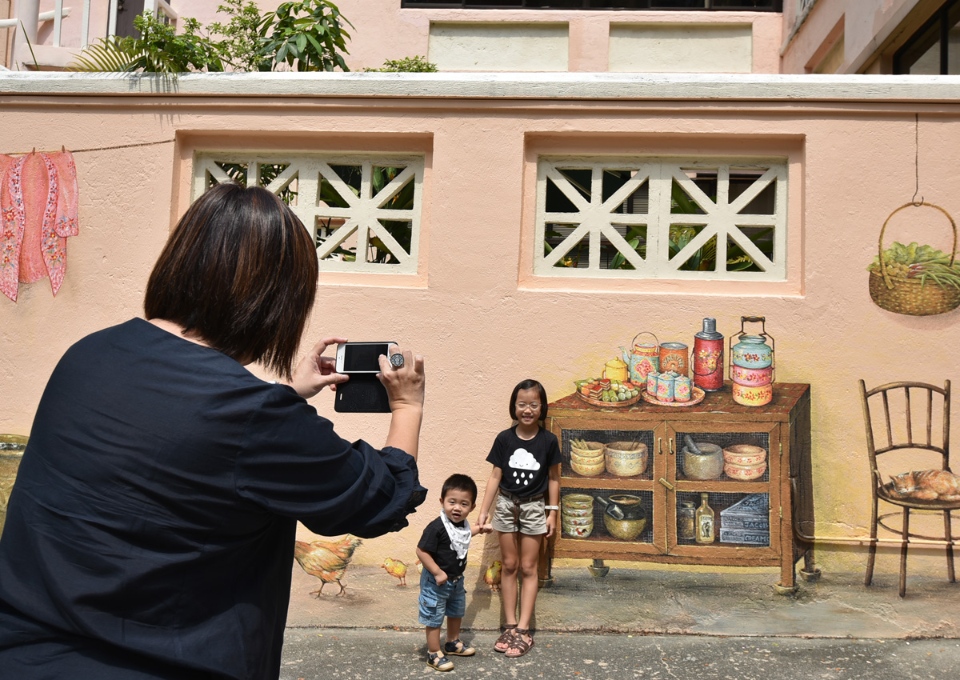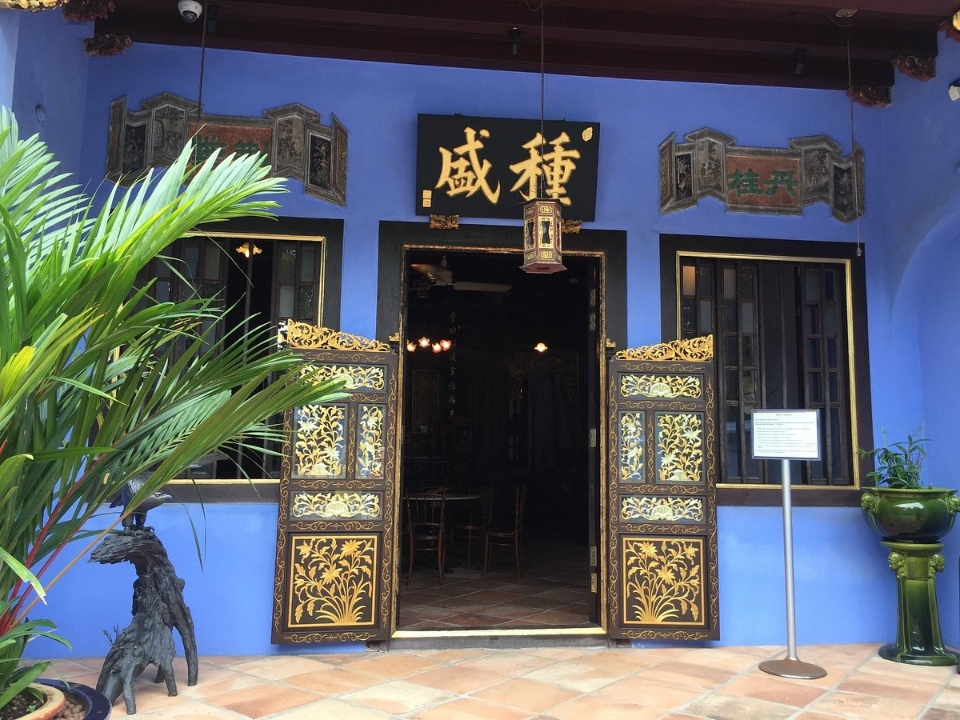Chinatown Singapore – is an interesting tourist destination in the Lion Island. Where is Chinatown? Is Chinatown Singapore worth visiting, what to do in singapore chinatown, what is special about Chinatown Singapore? Let Klook take you to Chinatown Singapore through this detailed review article and guide (Chinatown Singapore guide, Singapore Chinatown guide) and Chinatown Singapore blog below.
- Singapore trip itinerary 4 days: How to spend 4 days in Singapore for first-timers
- What to do in Singapore for 4 days: A FULL detailed ititnerary
- The FULLEST Orchard Road guide: Tips for Shopping & Having Fun at Orchard Road Singapore
- Singapore-Malaysia itinerary 4 days: Best places to visit, Things to do & MORE
- The ULTIMATE Singapore MRT Travel Guide: How to Use Singapore Subway, Tips & MORE

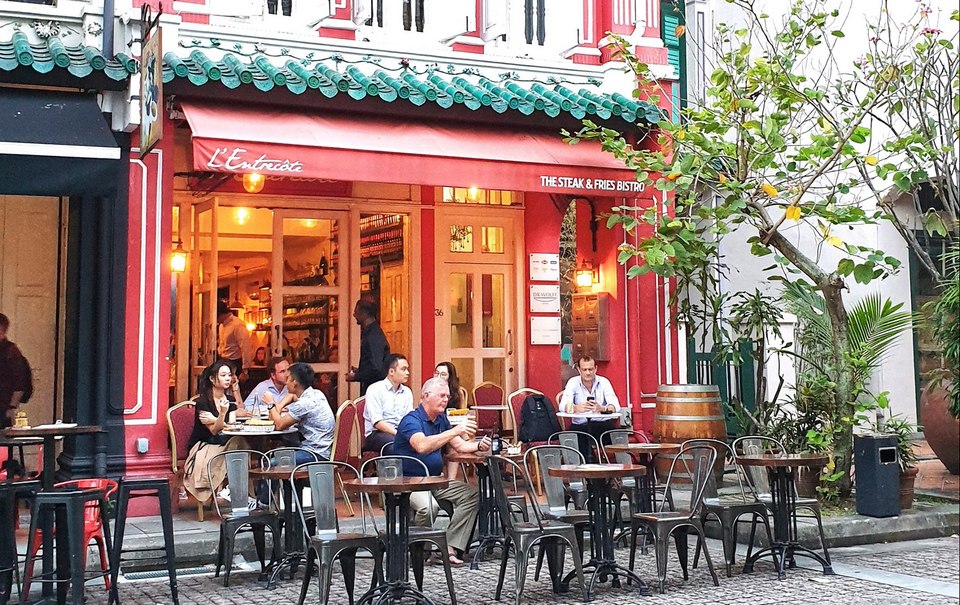
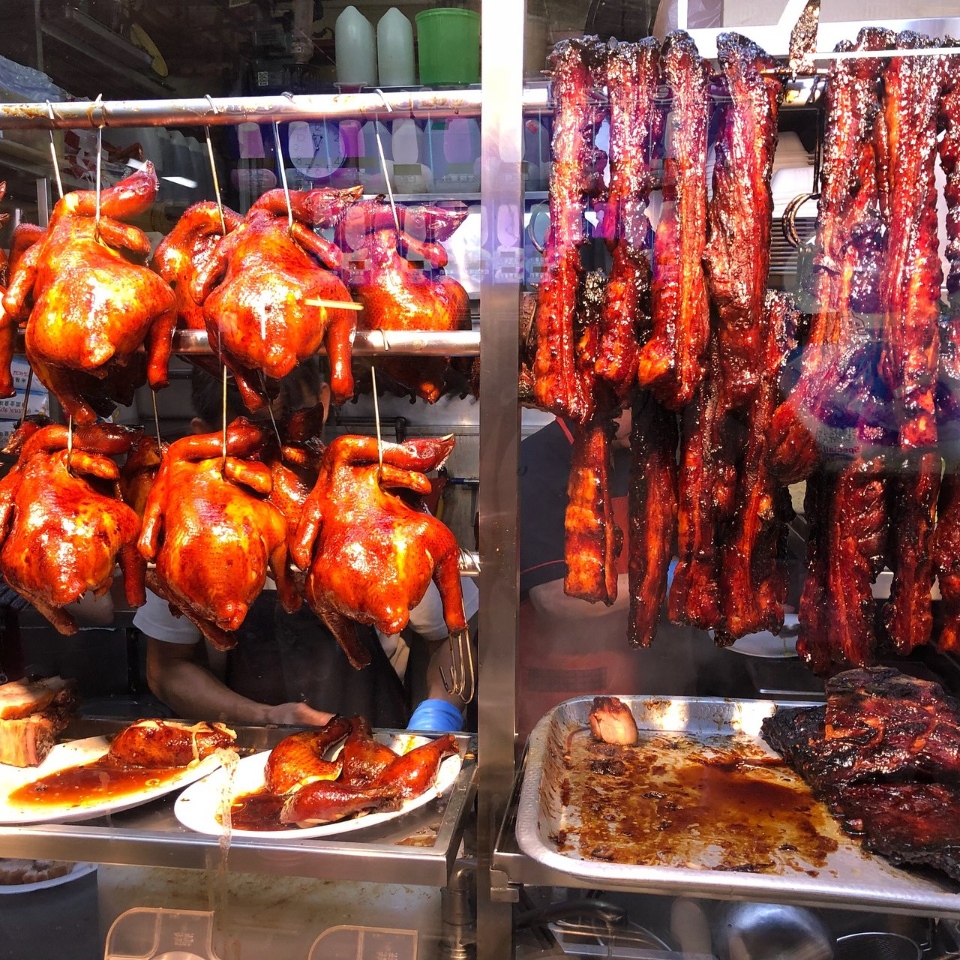
In any multi-ethnic country, Chinatown is always the area that attracts the most tourists, because of the cultural heritage, architecture, cuisine… that Chinese people brought and preserved when migrating to new lands. In Singapore, where Chinese citizens account for 76%, Chinatown was once a gathering place for Chinese immigrants, and is now very popular because of the mix of new and old, traditional and trendy.
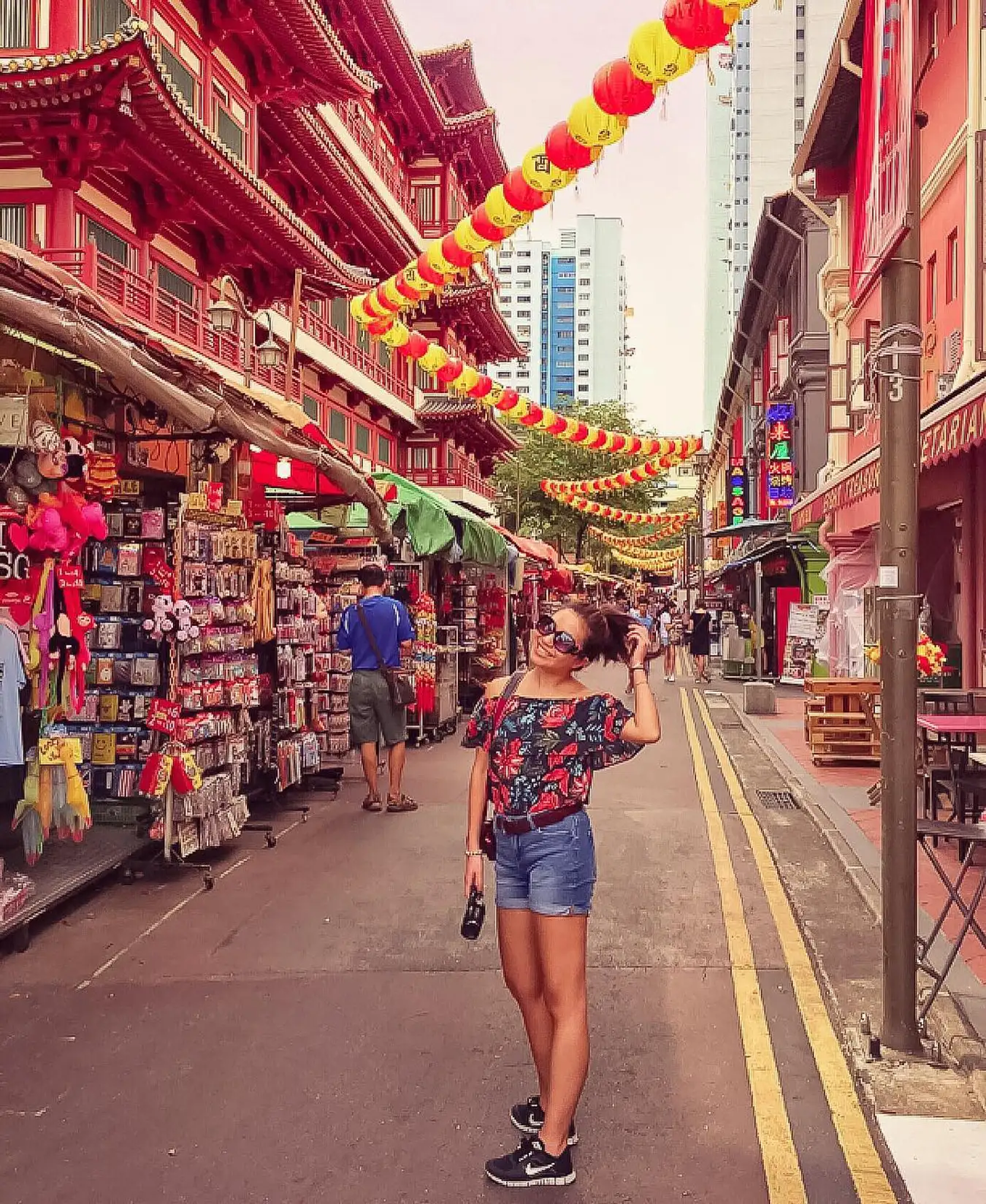

The splendid space imbued with cultural identity, the shops lined up with lanterns, filled with colorful murals, and the ancient spiritual structures at Chinatown are worth spending a whole day exploring for you when traveling to Singapore.
Introducing Chinatown in Singapore (#Chinatown Singapore guide)
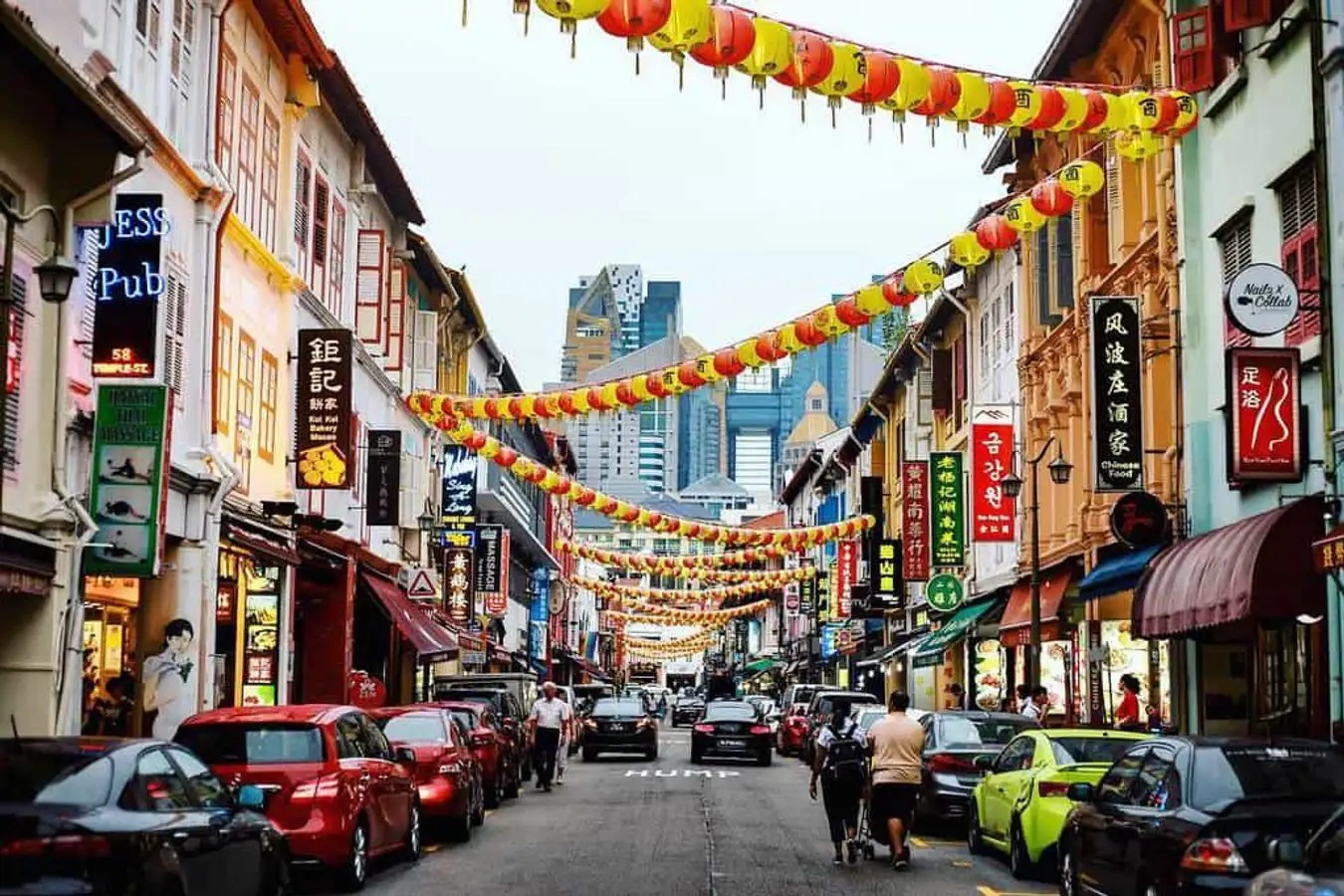
Chinatown began to take shape in Singapore in 1821, when traders from Fujian docked at the port of Singapore. They built houses, lived and traded around the western area of the Singapore River, and since then has become one of the oldest Chinatowns in the world.
In the past, this area was called Liu Che Shui, meaning “bullock cart water”. The origin of the name comes from the fact that each family at that time had to use a bullock cart to get clean water from Ann Siang Hill.
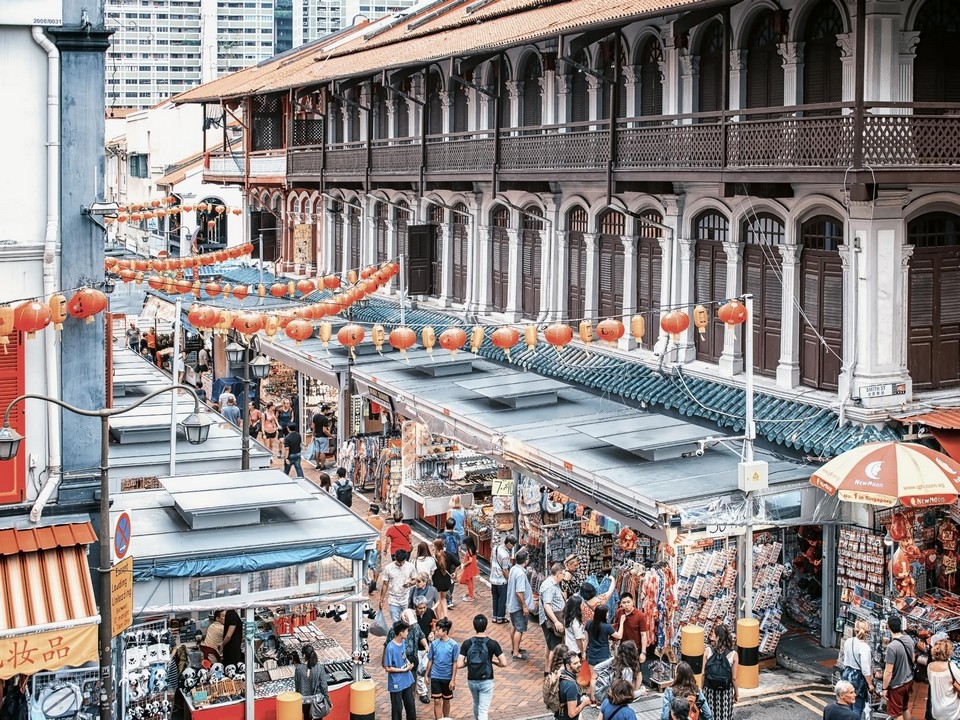

During World War II, Chinatown Singapore was heavily affected by the Japanese air raids, many unemployed people had to make a living on the streets. However, after the war, Chinatown Singapore gradually recovered and entered an era of prosperity in the 1950s.
The streets were built to connect with each other in a straight network and named after nearby landmarks. Chinatown Singapore became a bustling place for trade as well as to display and exchange unique Chinese culture.
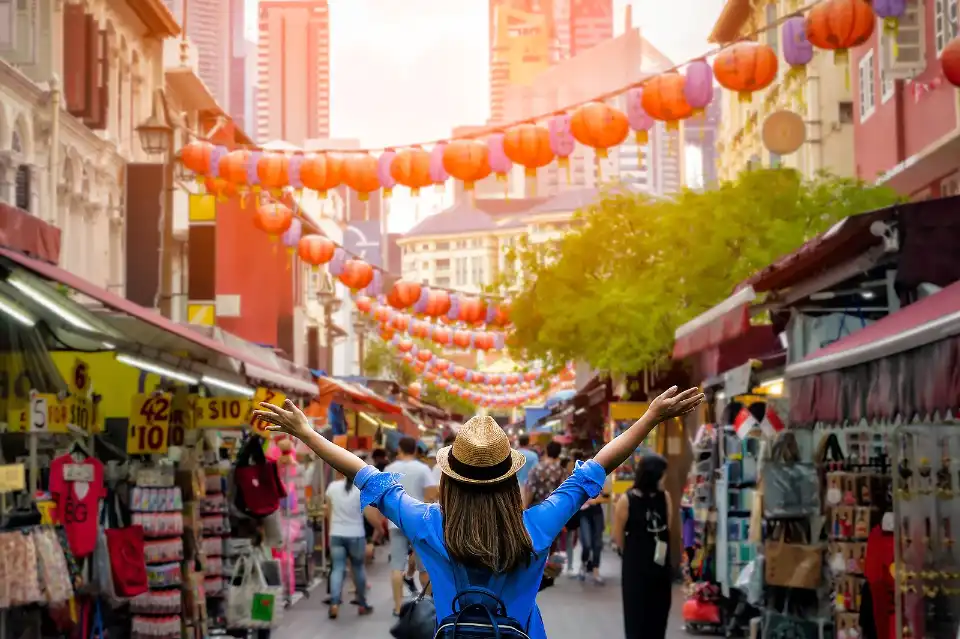
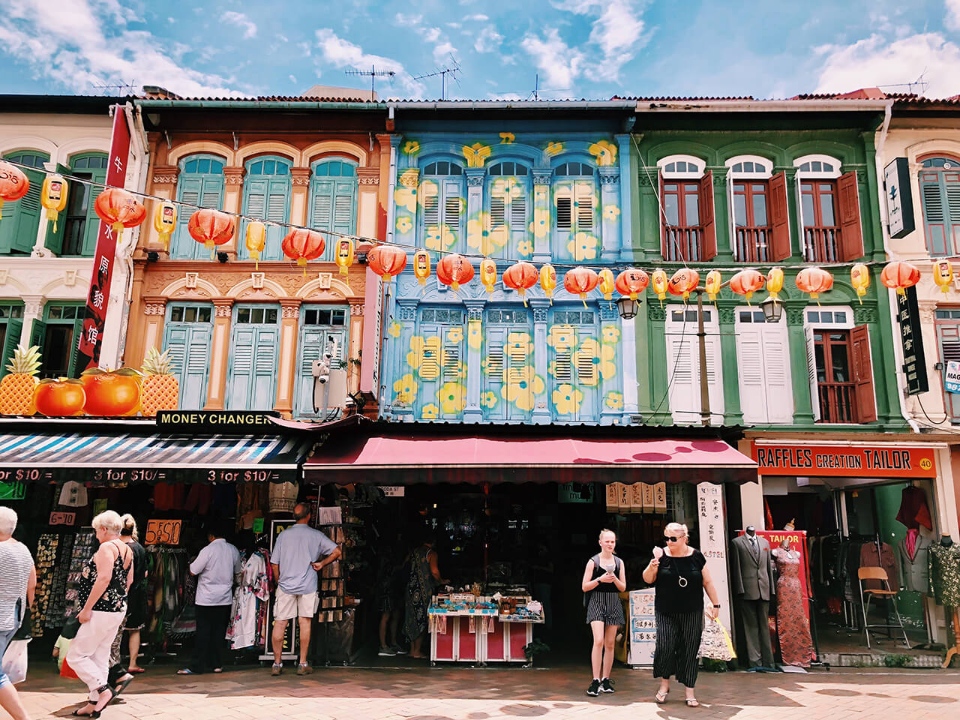
People come to Chinatown to promote products, tailor cheongsam, have fortunes told, celebrate festivals, or meet friends for dim sum meals. The streets are filled with storytellers, shadow puppeteers, street vendors, and medicine sellers.
Contrary to its name, Chinatown is not only home to Chinese people. There is also a small community of Indian traders. You can find Hindu temples and mosques in the area.
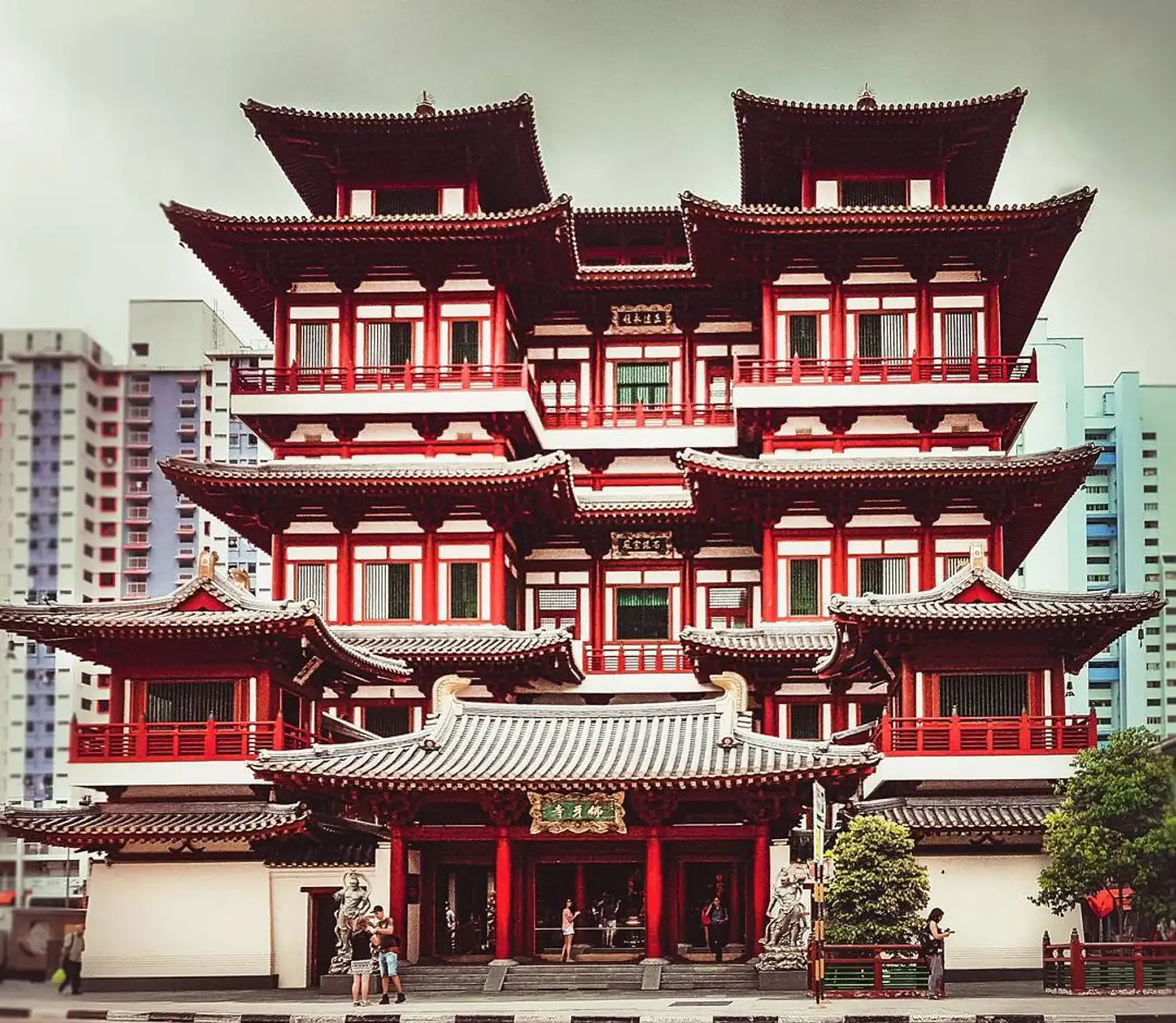
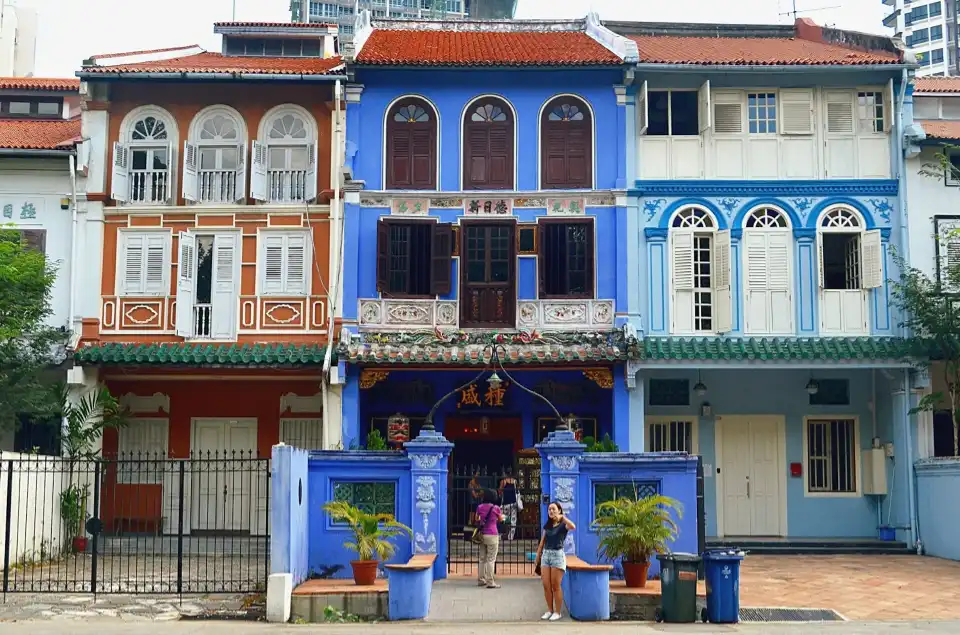

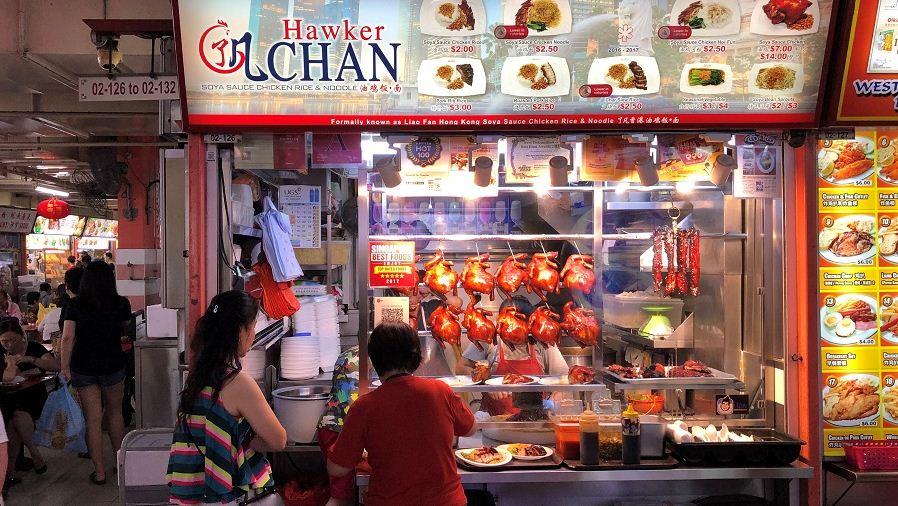
The bustling image of Chinatown has become a source of inspiration for tourists to visit and capture beautiful moments on postcards sent around the world. You should visit this area once or many times, using different perspectives to explore the memories of Chinatown.
Where is Chinatown Singapore?
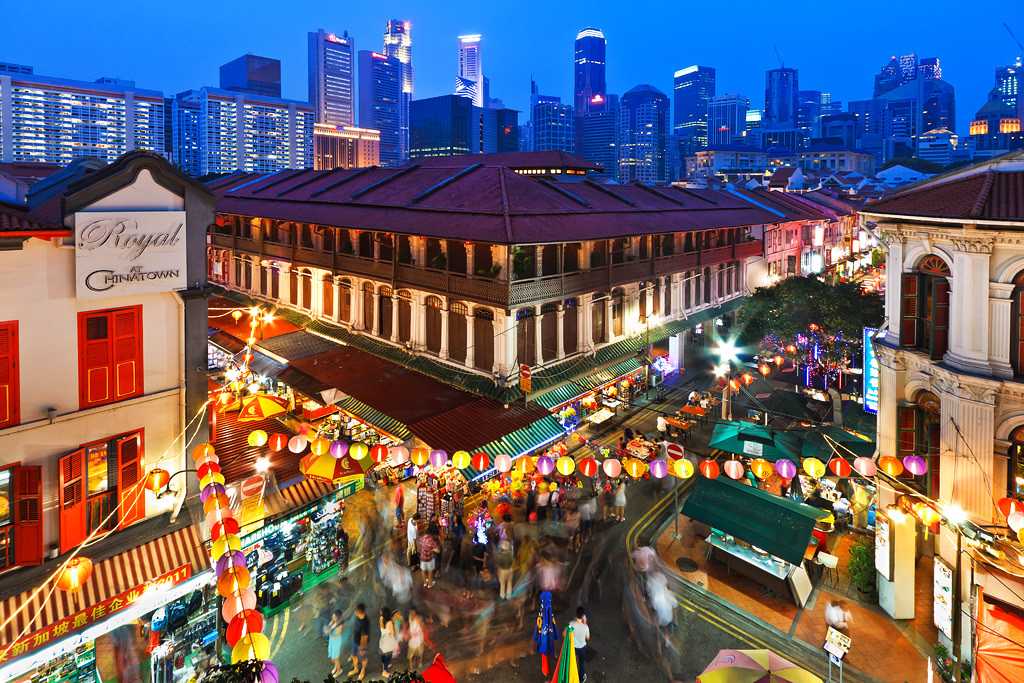
This Chinatown Singapore is located in the Outram area, in the central area of Singapore. This is not just a normal Chinatown, but also a “gem” located right in the heart of Singapore. With a large area and divided into 5 unique sub-areas, each area of Singapore’s Chinatown offers interesting and surprising experiences.
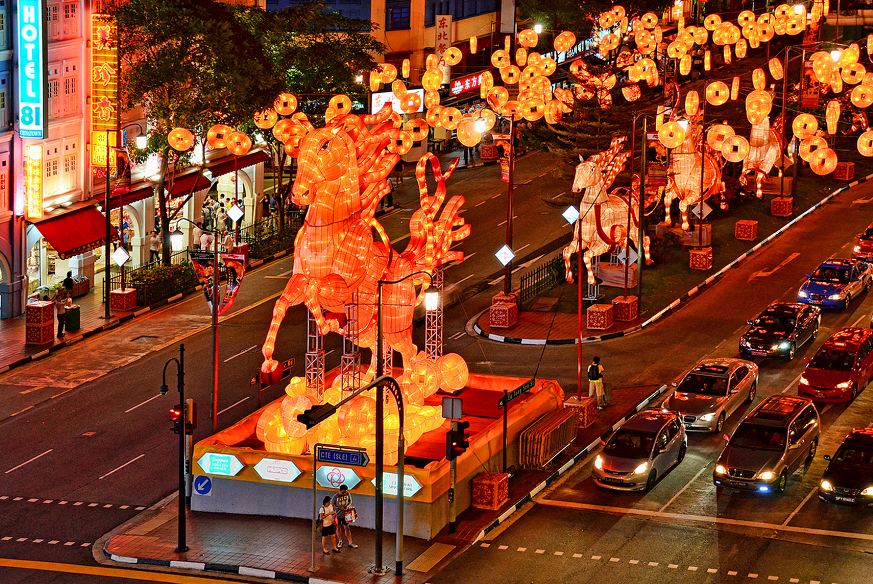
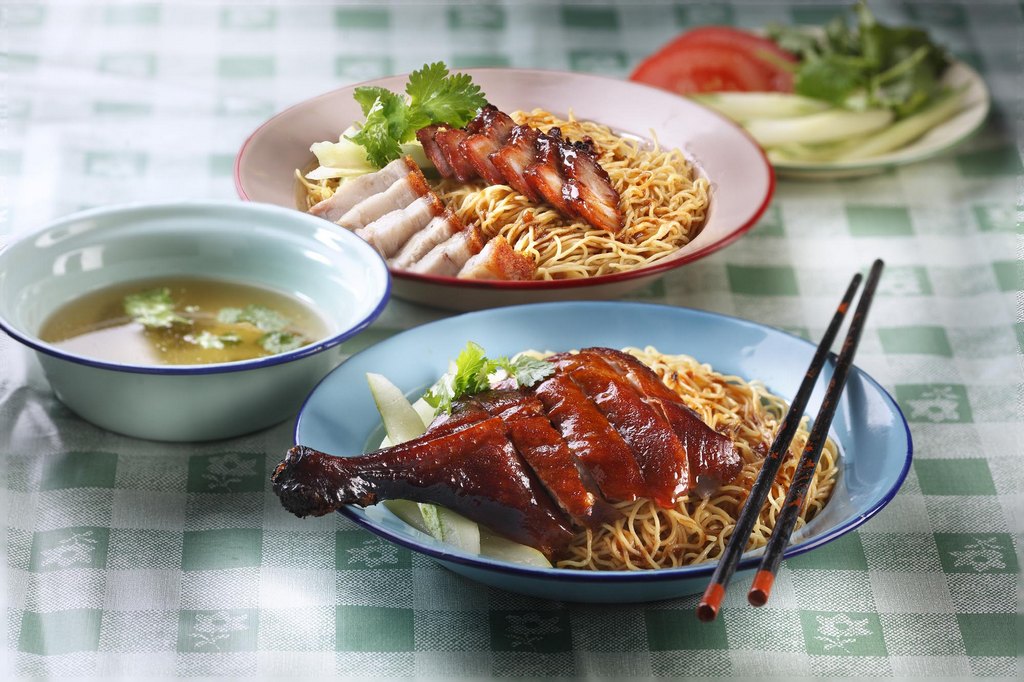
Discover 5 Unique Cultural Areas in Singapore’s Chinatown (#Chinatown Singapore guide)
Telok Ayer Area: Start your journey to explore Chinatown at Telok Ayer – the oldest area with picturesque ancient temples from the 19th century. Don’t forget to visit the unique cafes and bars where you can sip delicious coffee or enjoy creative cocktails.
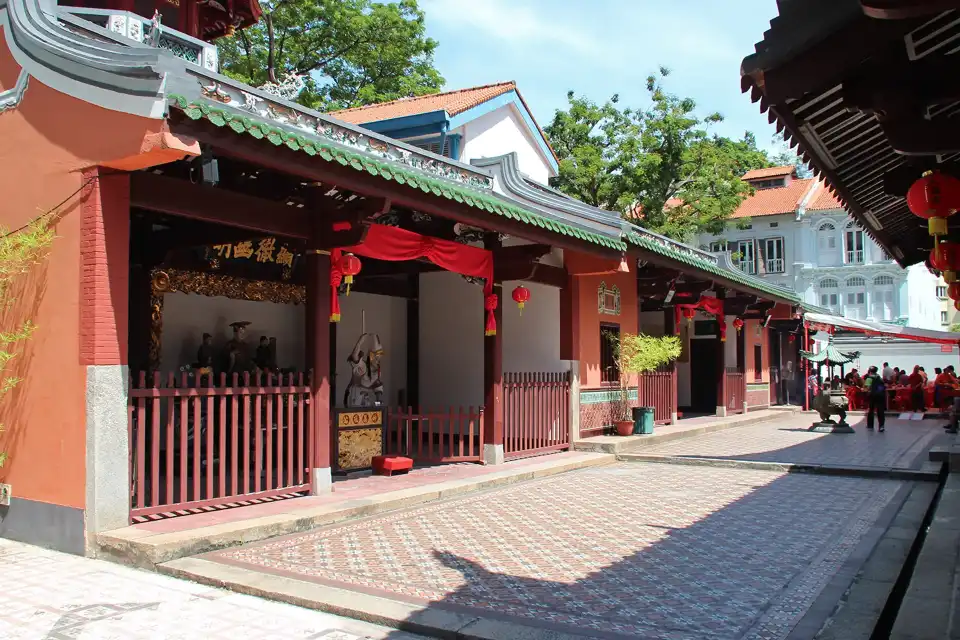
Tanjong Pagar/Duxton: Did you know that this area used to be the center of rickshaw pullers’ activities? Today, Tanjong Pagar/Duxton has been transformed into a bustling complex with residential houses, commercial buildings and bustling bars and restaurants at night.
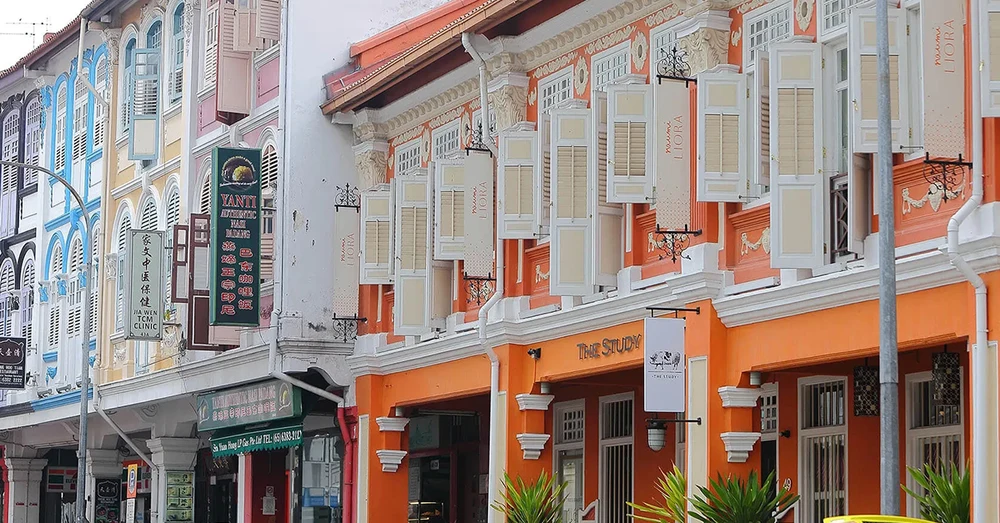
Keong Saik/Bukit Pasoh: Prepare yourself to be captivated by the blend of old and new in Keong Saik/Bukit Pasoh. Preserved traditional shops mixed with luxury restaurants, hotels and unique art galleries will make you not want to leave.
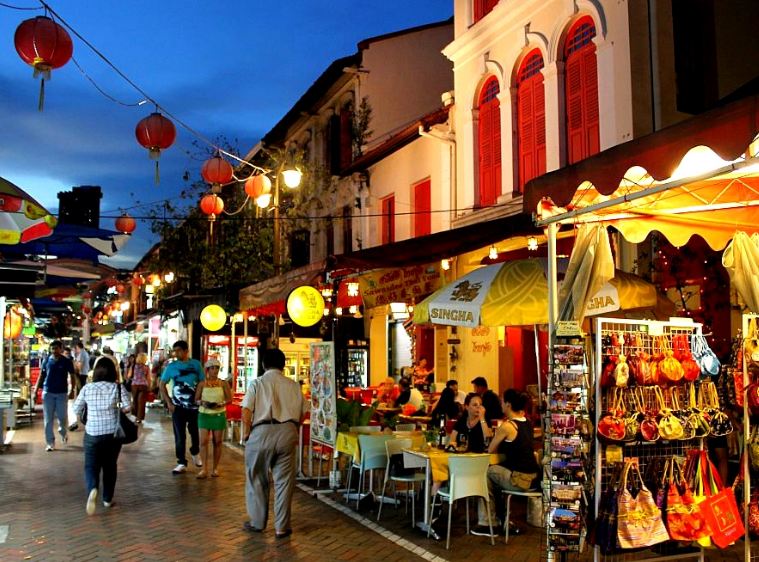
Kreta Ayer: This is the “heart” of Chinatown, where all kinds of traditional businesses, unique local brands and especially delicious street food stalls are concentrated. Don’t forget to enjoy typical Chinese dishes such as dim sum, wonton noodles or bird’s nest dessert!
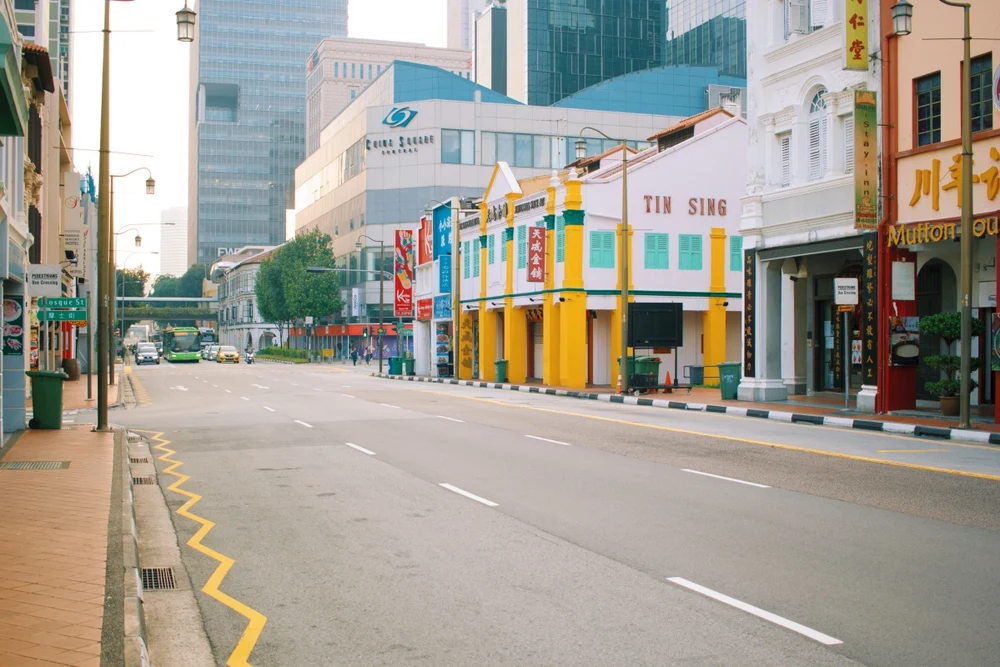
Ann Siang/Club Street: If you are a shopaholic and love nightlife, Ann Siang/Club Street is the destination for you. This area is known as the “crossroads of old and new”, where you can find unique fashion stores, trendy bars and restaurants serving a variety of international dishes.

How to Get to Chinatown Singapore?

To get from the central areas of Singapore to Chinatown, buses and the MRT system are considered the most convenient and economical. Train fares in Singapore are quite cheap, from only S$0.8-2/ticket, depending on the distance of your stop.
If you go by MRT, you can stop at one of the following stations: Chinatown MRT, Telok Ayer MRT, Outram Park MRT, Tanjong Pagar MRT, Raffles Place MRT.
Instead of going straight to Chinatown station, you can get off at some nearby stops first, then walk a short distance to relax before reaching Chinatown.
Besides, buses are also a great option. Bus fares here are only from S$0.7-1.6 depending on the distance you travel. Some bus stops near Chinatown are: Maxwell Stop, Opp Sri Mariamman Tp Stop, New Bridge Stop, South Bridge Stop, Eu Tong Sen Stop.
According to Klook’s experience, you should buy an EZ-Link or NETS FlashPay card to be able to pay for both buses and MRT trains.
In addition, with the “fancy” private car rental service from Klook, you can travel to any place in Singapore without worrying too much.
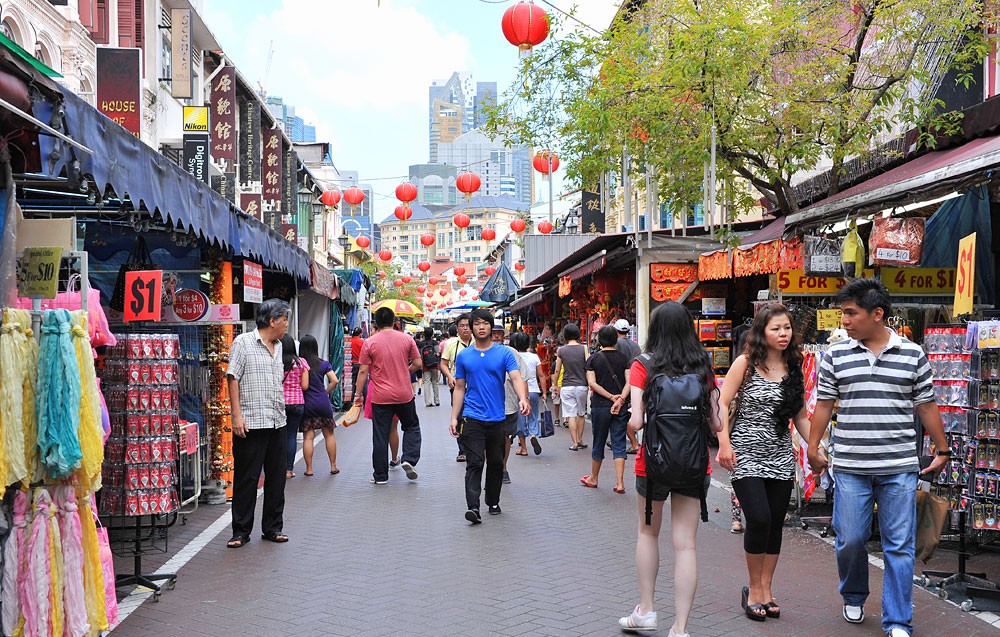
What to do in Chinatown? Singapore Chinatown Travel Guide
Chinatown is the only place in the world where Buddhist temples, mosques, and Hindu temples are located on the same street, showing the diverse and interesting cultural colors in Singapore.
Whether you explore century-old temples or socialize and make friends at trendy pubs, enjoy museums, or gather around to enjoy delicious local dishes, Chinatown always has a new experience for you to discover.
Chinatown Heritage Centre Singapore
- Address: 48 Pagoda Street, Singapore 059207

Chinatown Heritage Centre is the perfect starting point for your Chinatown exploration. Chinatown Heritage Centre will take you in the footsteps of Singapore’s pioneers and uncover the stories of the Chinese who have made this place their second home.
Ann Siang Hill Park – A Leisurely Stroll in Chinatown (#Chinatown Singapore blog)
- Address: 78 Club Street, Singapore 069447

Ann Siang Hill Park is a tranquil place amidst the hustle and bustle of Chinatown. You will be able to stroll through the brightly colored shophouses and learn more about the lives of Singapore’s first immigrants.
Chinatown Murals – Street Art Paradise
- Address: Alleys at the intersection of Smith Street, Pagoda Street, Temple Street, South Bridge Road, Newbridge Road, Banda Street, Keong Saik Road, Mohamed Ali Lane
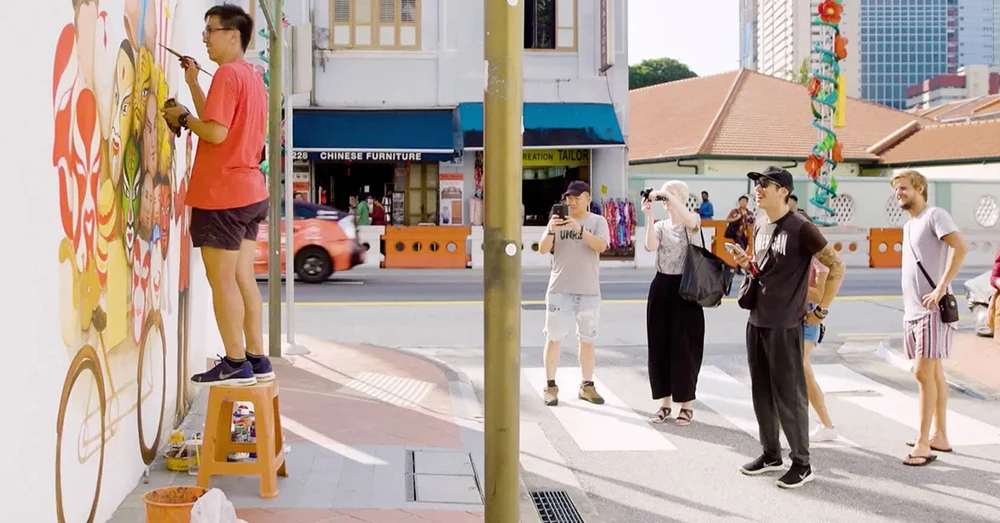
Chinatown is home to many murals depicting the daily life of the Chinese community through the ups and downs of time, as well as other cheerful themes. Not just murals, these paintings have contributed to bringing the soul and cultural space typical of the streets in Chinatown. And only at Klook, you have the opportunity to take a boat on the river and admire all the murals in Chinatown Singapore.

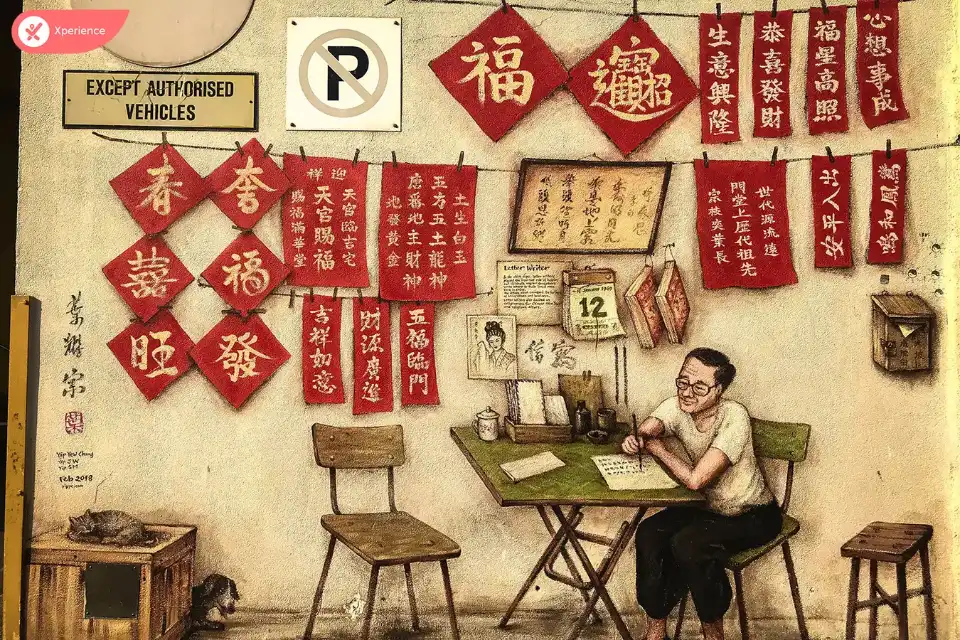
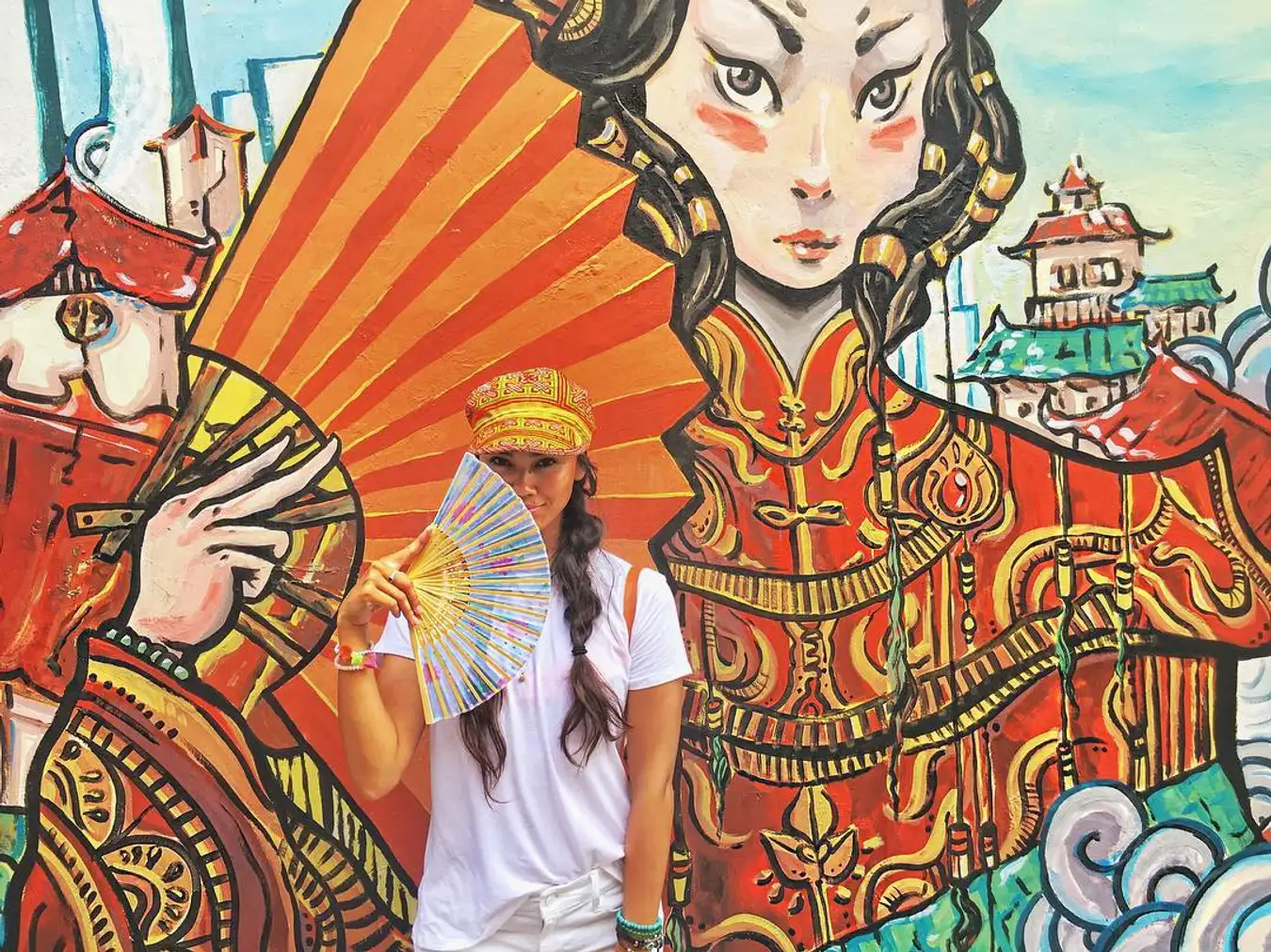
Sri Mariamman Temple – Hindu Architecture
- Address: 244 South Bridge Road, Singapore 058793
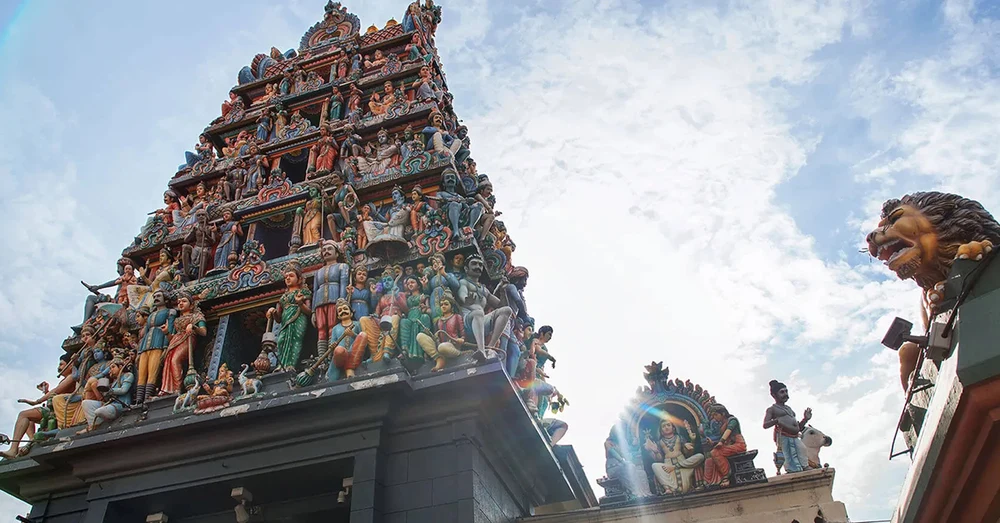
Sri Mariamman is the oldest Hindu temple in Singapore, built in 1872 to worship the goddess Mariamman, the deity with the power to cure diseases. In its early years, it provided shelter for Indian immigrants, and is the only Hindu temple with priests authorized to perform Hindu weddings. The temple has typical South Indian architecture, decorated with extremely sophisticated sculptures. This is a check-in location not to be missed when coming to Chinatown.
Buddha Tooth Relic Temple & Museum
- Address: 288 South Bridge Road, Singapore 058840
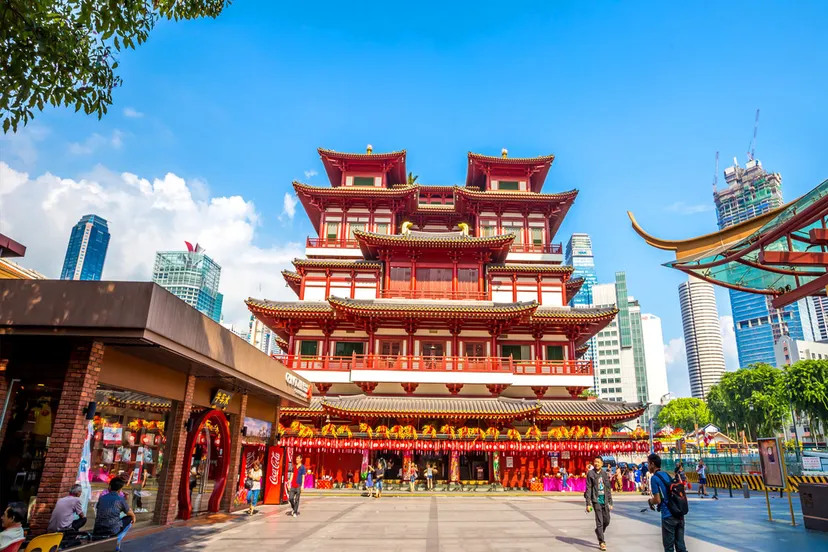
If you are looking for a bit of quiet solitude amidst the hustle and bustle of Chinatown, Buddha Tooth Relic Temple & Museum will be a great hideaway. Buddha Tooth Relic Temple & Museum is designed in the Tang Dynasty style, inspired by the image of Mandala, a symbol of Buddhist culture representing the universe.
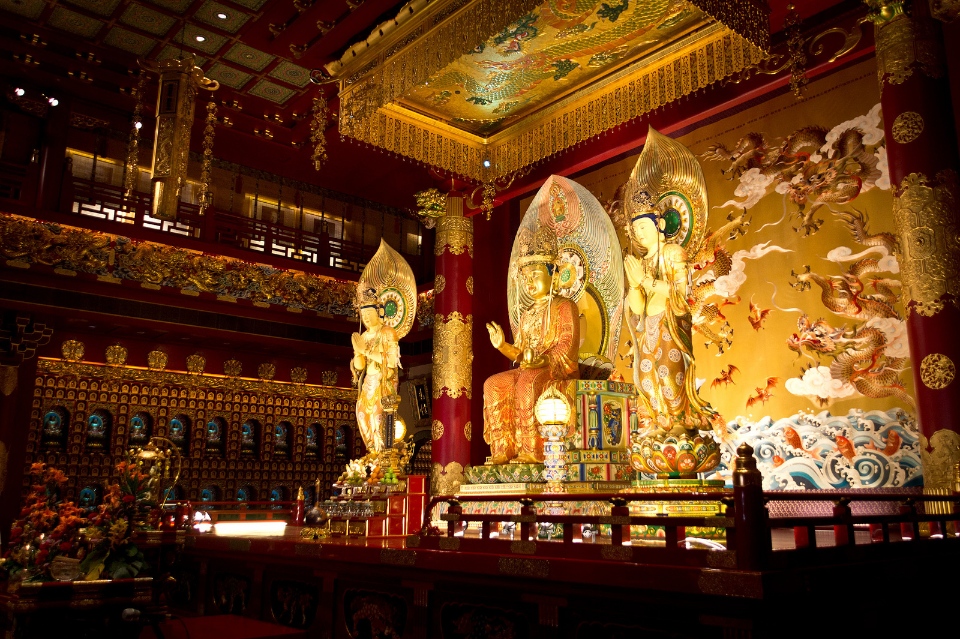
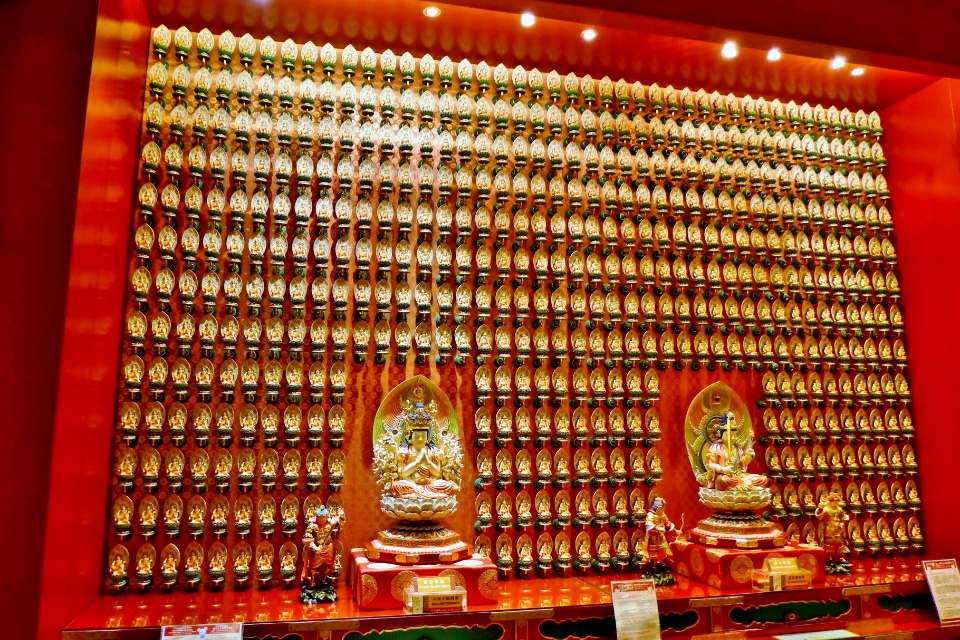
The special exhibitions on Buddhist art and history will introduce you to stories about the culture thousands of years ago. With its massive space and great cultural significance, Buddha Tooth Relic Temple & Museum is not only an iconic architectural work of Singapore’s Chinatown, but also a valuable heritage of religion and art.
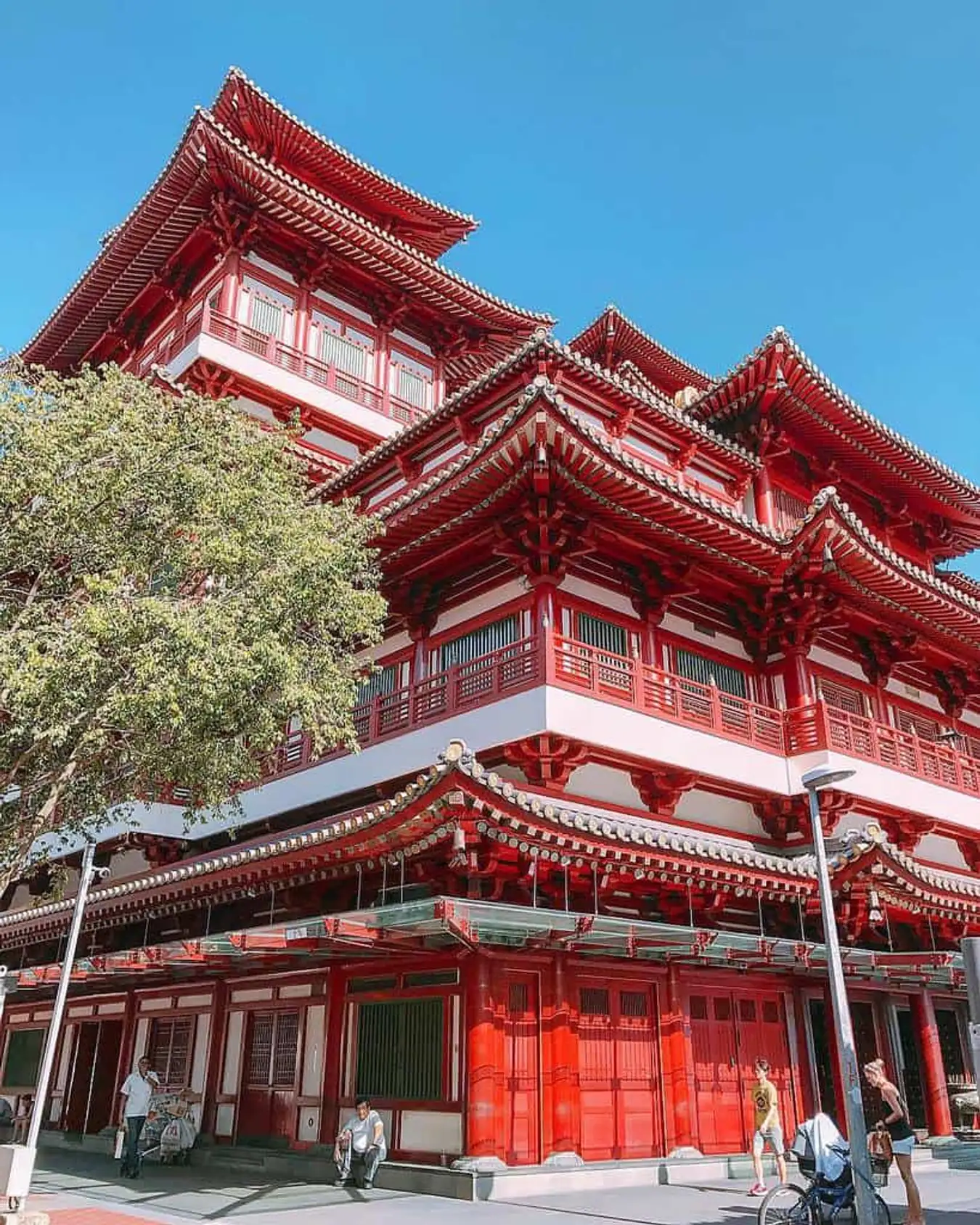
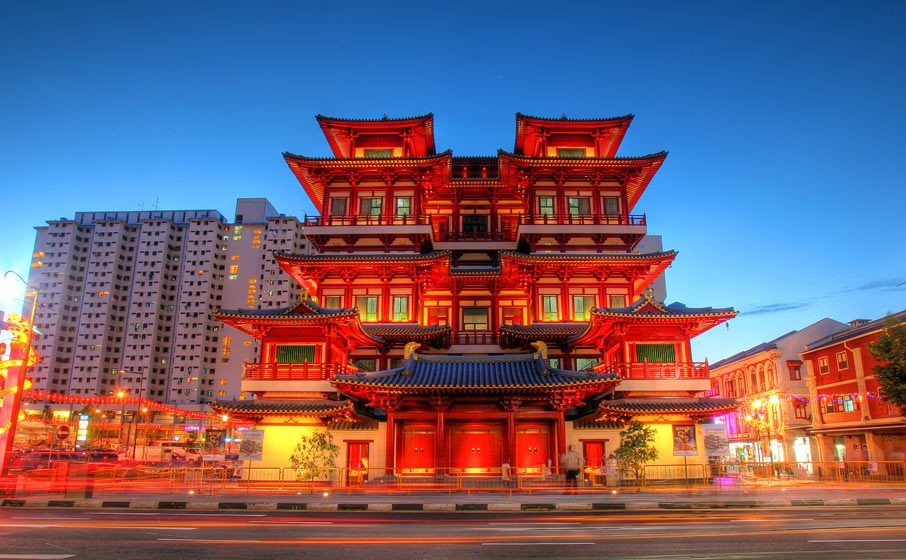
Thian Hock Keng Temple – Thien Hau Temple Singapore
- Address: 158 Telok Ayer Street, Singapore 068613
Thian Hock Keng is one of Singapore’s oldest and most revered Hokkien temples, dedicated to the patron deity Mazu, who watched over and protected the Chinese immigrants in the 19th century. Step inside and marvel at the craftsmanship of traditional Chinese carpentry, and admire the striking architecture and design in the Southern Chinese style. Notably, the structure was built without using a single nail.
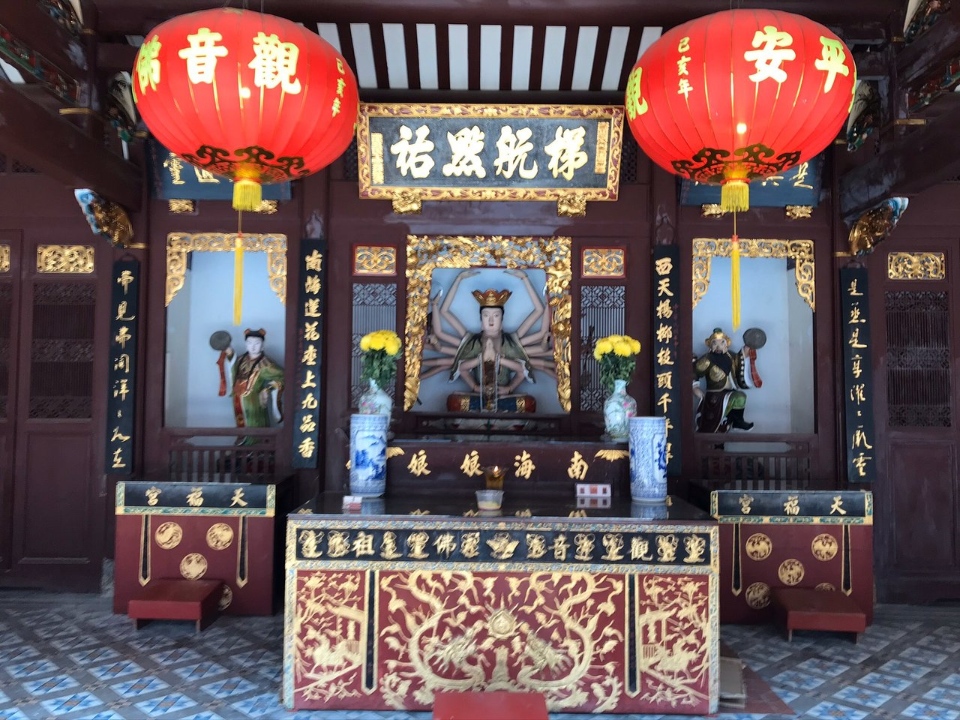
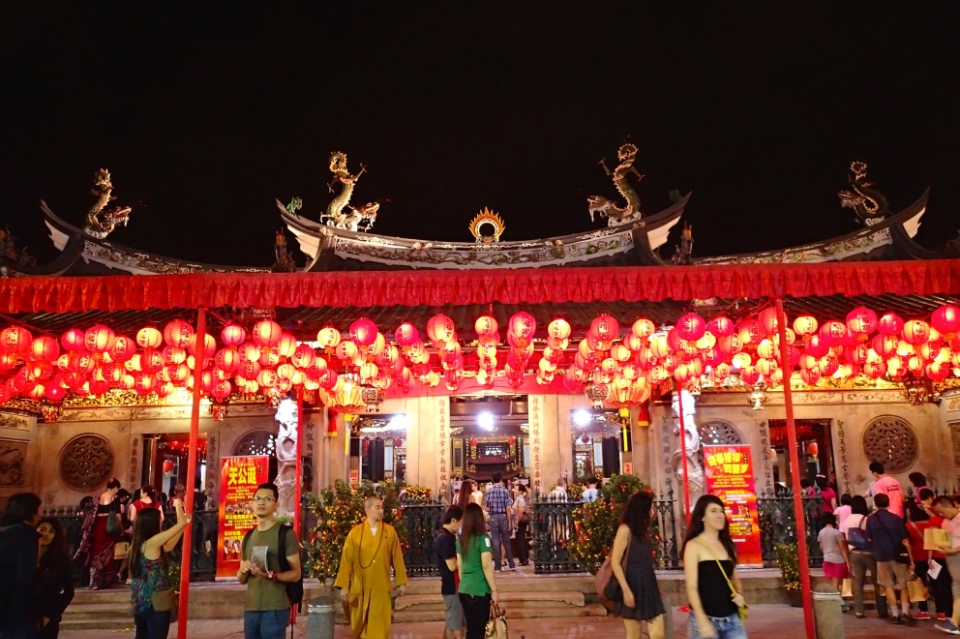
Singapore Musical Box Museum
- Address: 168 Telok Ayer Street, Singapore 068619
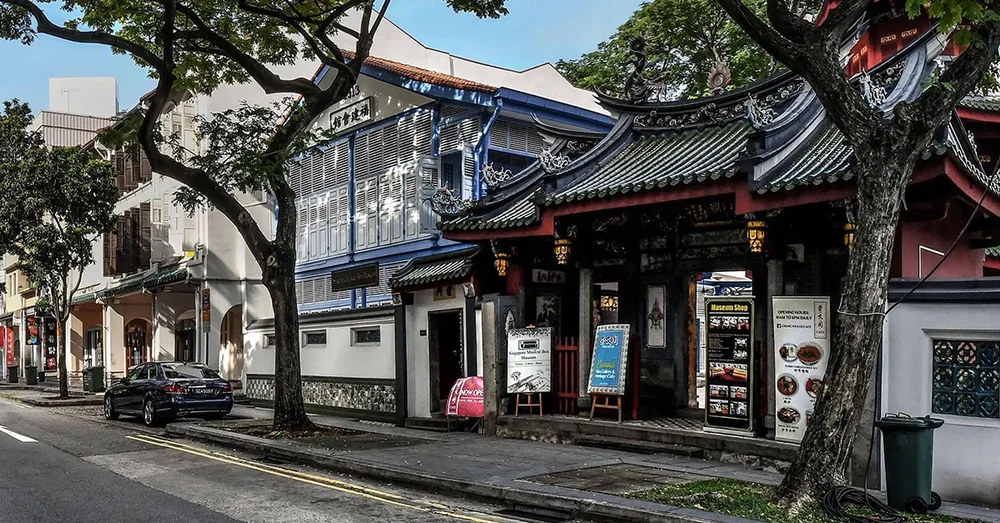
Singapore’s first Musical Box Museum will take you to Singapore’s classical music scene from the early days of the 19th century. Music boxes are an important symbol of European culture, and Singapore played an indispensable role in the advancement and development of musical boxes in Southeast Asia during that time.
This museum offers day tours for groups. You should contact in advance to make a reservation.
Don’t Forget to Check-in at the Colorful Shop-Houses

Walking around Chinatown, you will come across rows of colorful shop-houses, typical of Singaporean architecture. These houses are usually two-storey, with the ground floor used as shops, eateries, cafes, and the upper floor is where the family lives.

Dotted throughout Chinatown, these shop-houses are an indispensable part of the Chinatown landscape. The characteristic architecture with narrow facades, decorative balconies and wooden shutters will take you back to a bygone era. And of course, this is also a great “background” for “million-like” check-in photos.
Masjid Jamae – Chulia Mosque
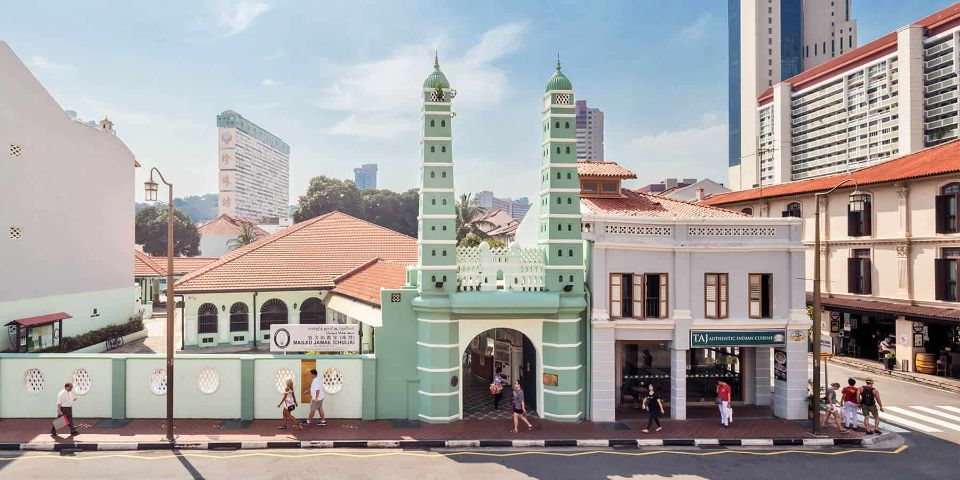
Masjid Jamae is one of the oldest mosques in Singapore, built in 1826 by Indian immigrants. This mosque has a unique architecture with two octagonal prayer towers and ornate domes. Masjid Jamae is a testament to the cultural and religious diversity of the lion island. Please remember to choose modest clothing when visiting religious sites.
Featured Festivals in Singapore’s Chinatown
The cultural richness in Chinatown is clearly demonstrated through the festivals and events that take place throughout the year, according to each season and each different theme. The festivals in Chinatown are mostly influenced by Chinese culture, attracting visitors who are eager to see the colorful spaces and experience extremely interesting traditional cultural activities.
Chinese New Year in Chinatown Singapore
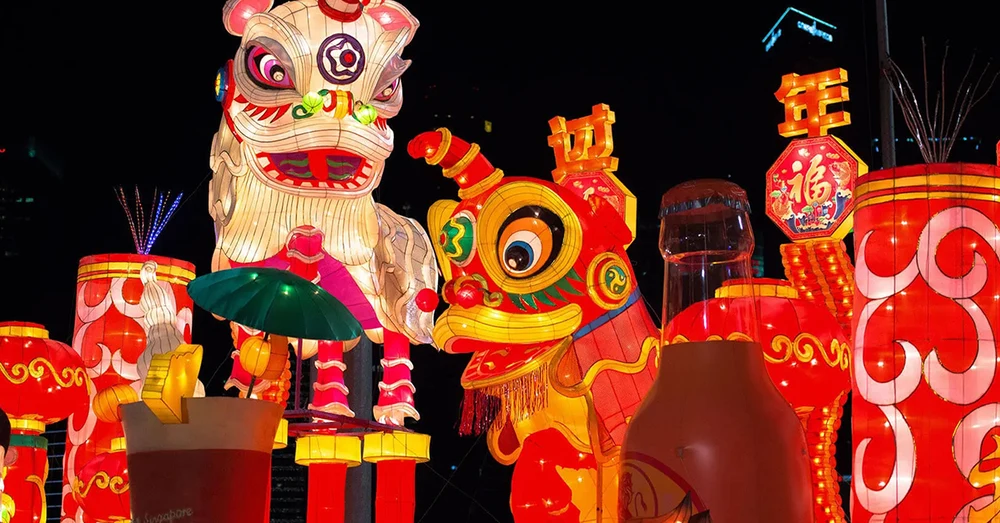
Chinese New Year, also known as the Spring Festival, is undoubtedly the most important event in Chinese culture, and traditionally a time to honor the gods and ancestors of each family. It’s no surprise that Chinatown Singapore becomes the center of attention in the Lion City every Lunar New Year. You can immerse yourself in the festive atmosphere with colorful processions, dazzling performances and fireworks, seasonal markets and the bustling drumming of lion dances.
Dragon Boat Festival in Chinatown Singapore

Dragon boat racing is a traditional Chinese festival that originated during the Warring States period, commemorating the legendary patriot Qu Yuan. The festival is held on the 5th day of the 5th lunar month, with dragon boat races and dumplings – two of the most special elements of the festival.
Hungry Ghost Festival in Chinatown Singapore
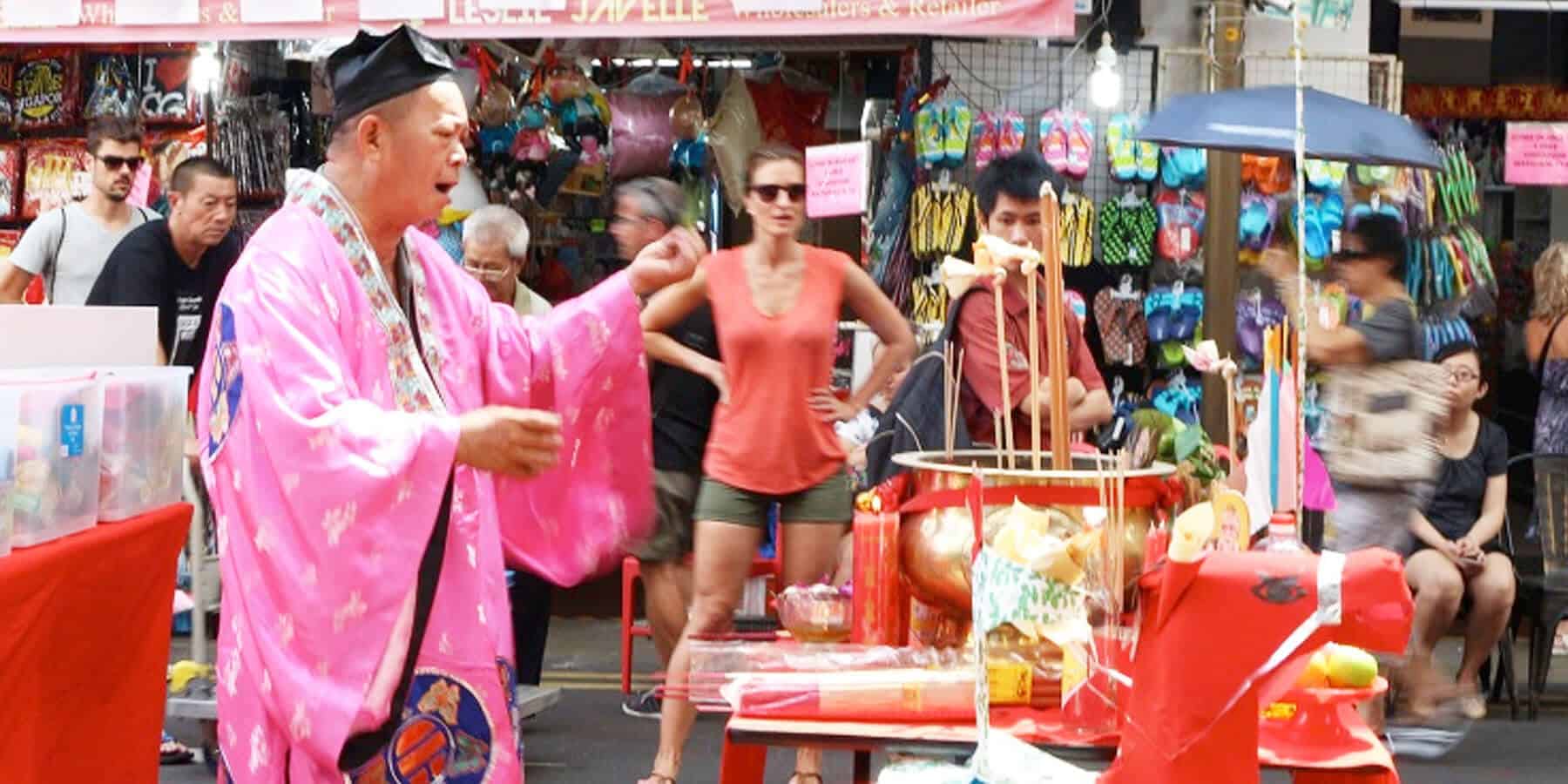
On the 15th day of the 7th lunar month, the Chinese celebrate the Hungry Ghost Festival, an occasion to remember the deceased. The Chinese believe that at this time, the streets are filled with wandering ghosts who freely roam the earth. Therefore, people need to prepare offerings, offer food and burn paper money, and perform on the streets to entertain the souls. In addition, there are also meals and auctions held during this festival, believing that the more generous they are, the more prosperity they will receive in the coming year.
Mid-Autumn Festival

Mid-Autumn Festival is also known as the Lantern Festival, as it is an occasion for children to have fun around colorful lanterns and enjoy mooncakes. According to Chinese custom, Mid-Autumn Festival marks the end of the harvest season, a time to give thanks to the gods. Visitors come to Chinatown Singapore during this time to see the streets lit up, enjoy delicious cakes, join the giant lantern procession and end the festival with a spectacular fireworks display by the Singapore River.
Where to eat? Good Restaurants/Eaters in Chinatown Singapore
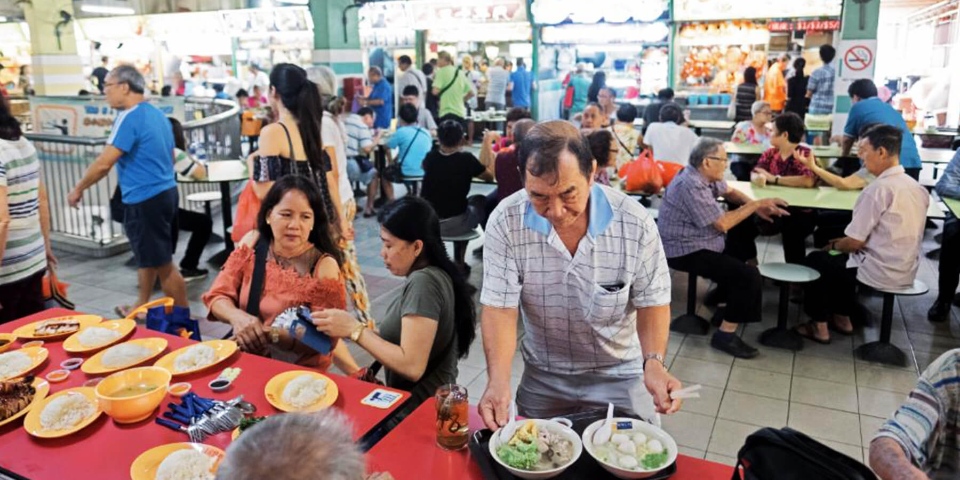
Chinatown is one of Singapore’s most famous food districts. From trendy cafes to local stalls serving traditional dishes, you can’t count them all! But don’t worry, Klook will show you what and where to eat in Chinatown.
For a wide range of street food, head to Chinatown Complex Market & Food Centre, which has over 200 food stalls, or Maxwell Food Centre. You should come to Lian He Ben Ji Claypot for some excellent claypot rice.
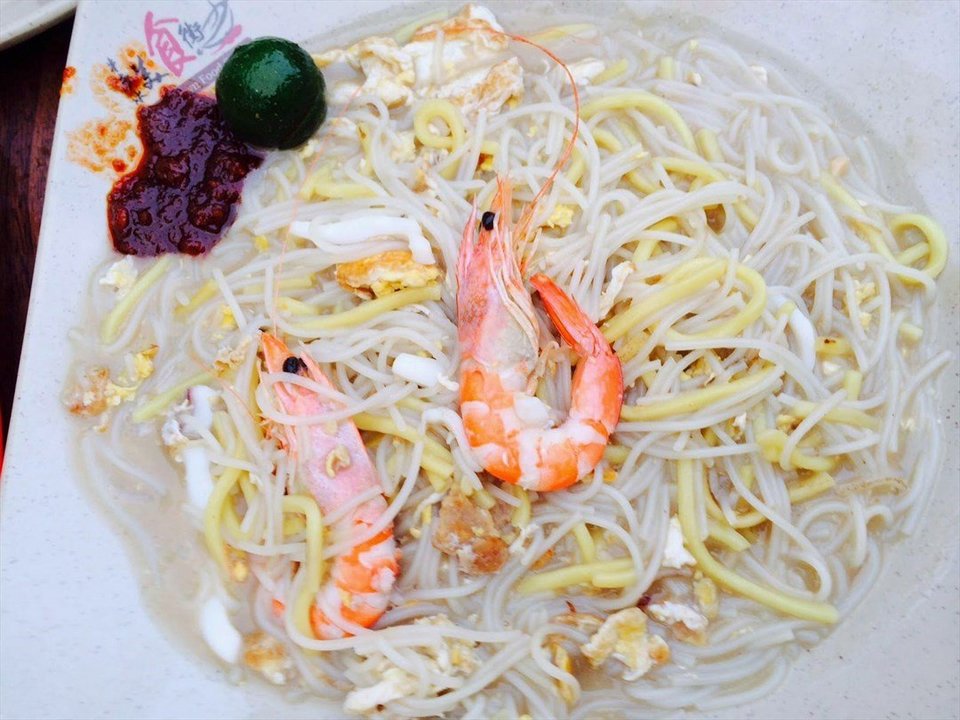
If you want to expand your palate with local delicacies, head to Spring Court Restaurant, which has been serving traditional dishes for eight decades. Chilli crab and deep-fried kingfish are two seafood dishes you must try when you’re here.
Next, head to Yum Cha for a light breakfast with dishes like egg tarts, pork ribs and prawn dumplings. Tong Ah Eating House is also a great place to have breakfast. For seafood lovers, Tong Ah Seafood Restaurant or Oyster Co Bar will please you.
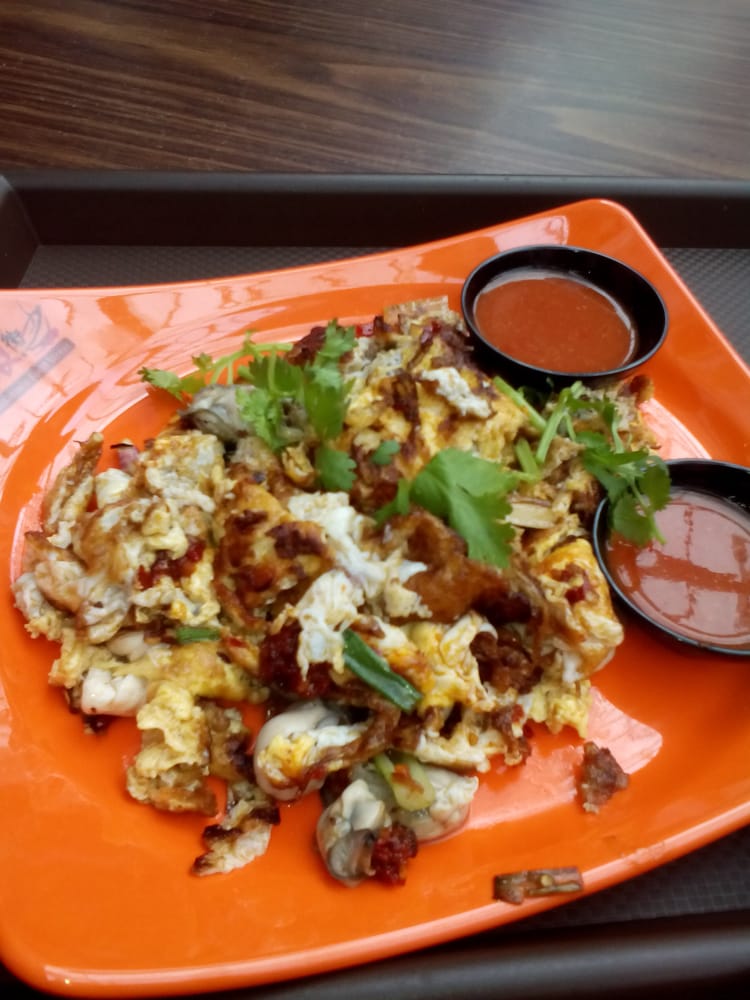
Where to go for dessert? Mei Heong Yuen Dessert. This eatery has a full range of Chinese desserts such as bird’s nest soup and yam pudding, but be sure to try the durian mochi and the snow iced ice.
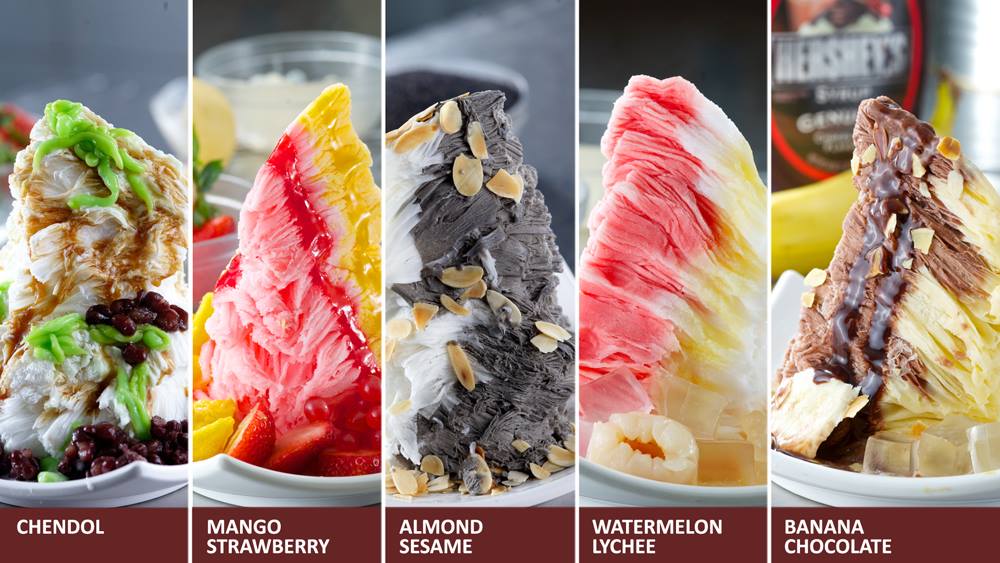
Besides Chinese cuisine, you can come to try the famous Spanish tapas or head to Burnt Ends to treat yourself to an Australian-style Esquina barbecue.
Oh, and for those who love Western pastries, don’t miss Keong Saik Bakery, Kazo Tawainese Bakery or Flor Patisserie, which will be an extremely sweet experience.
In addition, with Klook’s Chinatown walking and food tour, you just need to prepare an empty stomach to enjoy all the delicious food here.
Shopping Guide in Chinatown Singapore
Chinatown has countless options for shopaholics. From eco-friendly products to essential oils derived from traditional Chinese medicine, Chinatown is full of unique items that you can buy as gifts or for yourself.
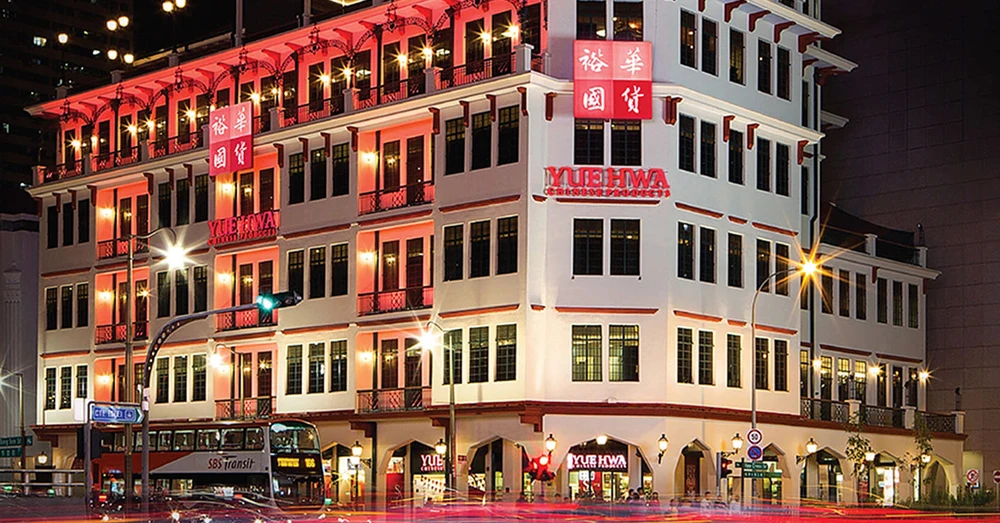
Some of the prominent shopping places in Chinatown Singapore include: 100AM, The Moon, Eu Yan Sang, Retrophonic Records, Odds ‘N’ Collectables, Chop Wah On, The Social Space, On Cheong Jewellery, Lim Chee Guan, Kee Hing Hung,…
Places to Visit Near Chinatown Singapore
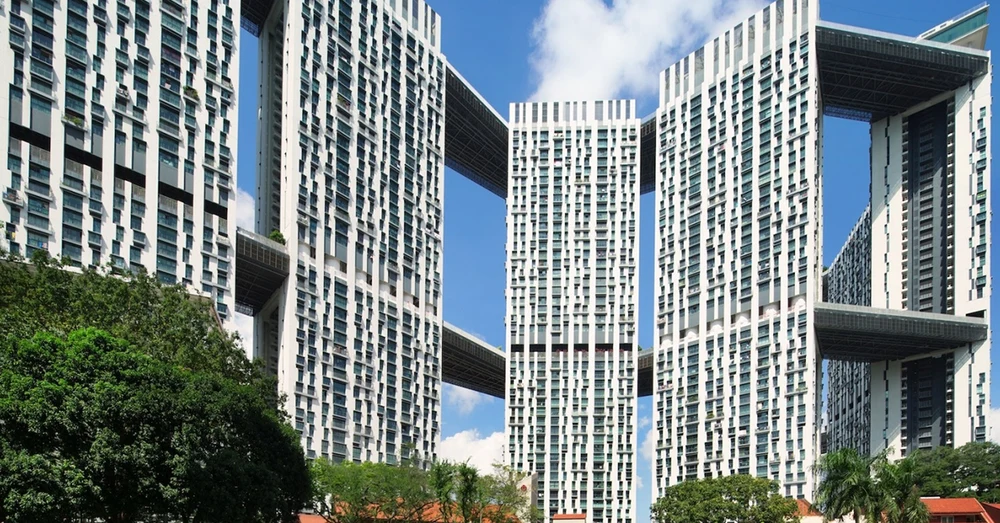
After visiting every corner of Chinatown Singapore, you can combine visiting some famous nearby attractions such as: Pinnacle@Duxton, the tallest public housing complex in Singapore with 2 sky bridges connecting 7 towers, to see the whole view of the neighborhood and the harbor from the Skybridge on the 50th floor.
Suppose you only have enough time to visit one place to better understand the history and culture of Singapore, then the National Museum of Singapore will be the perfect choice.
In addition, you can visit The Arts House to see the promotion of literary arts, culture, honoring the works of artists from Singapore and more.
An attractive place near Chinatown for “virtual living” is Everton Park, which is home to some of the oldest shops in Singapore, many trendy cafes along with retail stores, and grocery stores.

Hotels/Homestays/Guesthouses Near Chinatown Singapore
With the bustling Chinatown, of course, this place has a lot of hotels and motels from budget to high-end, ready to serve all your accommodation, travel, dining, and transportation needs. Don’t forget to book a room through Klook’s system to get the best room rates.
- Wink Capsule Hostel @ Chinatown: Address: 8A Mosque Street, Singapore 059488/Reference price: from $74.03/night (agoda, booking)
- Porcelain Hotel Singapore: Address: 48 Mosque Street, Singapore 059526/Reference price: from $76.52/night (agoda, booking)
- ST Signature Tanjong Pagar: Address: 32 Tras Street, Singapore 078972/Reference price: from $90.38VND/night (agoda, booking)
- River City Inn: Address: 33 Hongkong St, Singapore 059672/Reference price: from $46.03/night (agoda, booking)
- Hipstercity: Address: 9 Circular Rd, Singapore 049365/Reference price reference: from $58.46/night (agoda, booking)
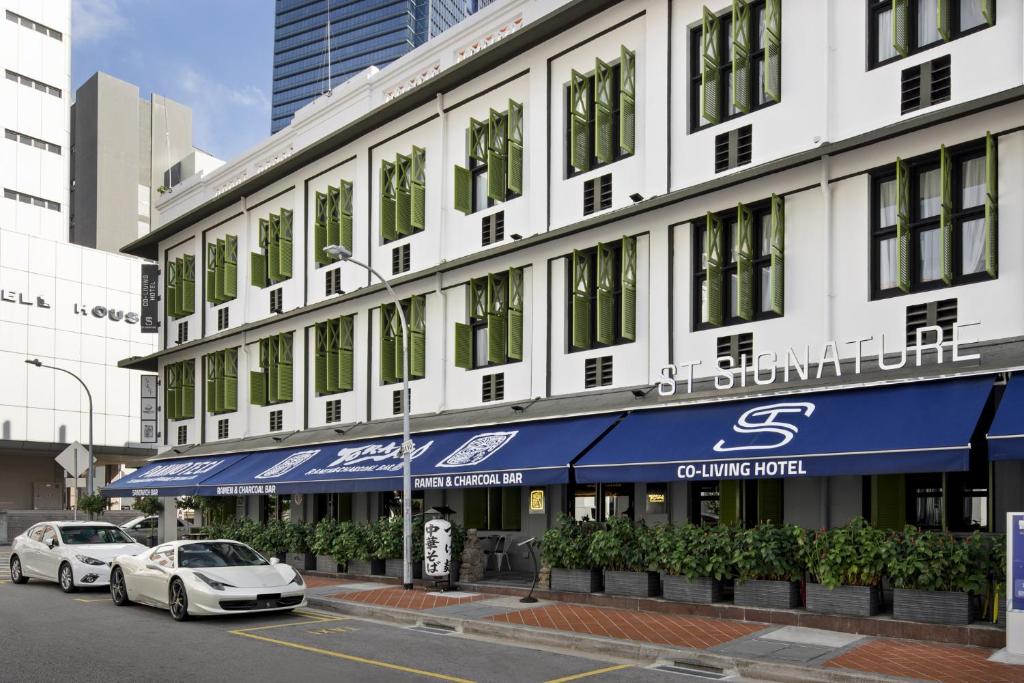
From its humble beginnings, Chinatown and its Chinese residents have gone through many trials and tribulations to become the gem we know today. Be sure to find a beautiful corner to stop by to capture your wonderful time in Chinatown.
In addition to the “light” information that Klook introduces, stop by the Chinatown Visitor Center to ask about tours, buy souvenirs, or buy tickets to attractions.
The post first appeared on Klook Vietnam and was translated and edited by Living Nomads. If you find any images or text that belong to you, please contact us, so we can credit you or give us permission to use them. Thank you very much!
Some best day tours, trips, activities and transfer services, tickets in, from and to Singapore you can refer to
- Singapore Changi Airport (SIN) Private Transfer
- Shared Changi Airport Transfers (SIN) for Singapore Hotels
- Singapore Big Bus Hop-On Hop-Off Tour (Open-Top)
- Sentosa FUN Pass
- Singapore City Pass (2/3 Days)
- [Klook Exclusive] Universal Studios Singapore™ 1 Day Ticket
- Gardens by the Bay Ticket Singapore
- S.E.A. Aquarium™ One-Day Ticket
- ArtScience Museum at Marina Bay Sands Ticket
- Singapore Cable Car Sky Pass
- Jewel Changi Airport Attraction Tickets in Singapore
- Singapore Flyer Tickets
- Skyline Luge Singapore: Skyline Luge & Skyride
- Marina Bay Sands Skypark Observation Deck or Sampan Ride
- Adventure Cove Waterpark™ One-Day Ticket
- Science Centre Singapore, Butterflies Up-Close, Omni Theatre
- Singapore River Cruise
- Madame Tussauds Singapore Ticket
- Wings of Time Show Ticket in Singapore
- LiHO TEA in Singapore
- Singapore Travel Card (NETS FlashPay)
- Universal Studios Singapore Tickets
- Klook Pass Singapore
- 4G Prepaid Sim Card (Changi Airport Pick Up) for Singapore
- 4G WiFi (SG Airport Pick Up) for Singapore
- 4G Portable WiFi for Singapore from Uroaming
- 4G WiFi (SG Pick Up) for Europe
Are you finding more top things to do in Singapore: Tours, activities, attractions and other things? Read more: Singapore travel blog — The fullest Singapore travel guide blog for a budget trip to Singapore for the first-timers.































![10 best airports in Asia in 2016 [RANKED] kuala-lumpur-international-airport-best airports in asia in 2016 by skytrax ratings](https://livingnomads.com/wp-content/uploads/2016/08/29/kuala-lumpur-international-airport-best-airports-in-asia-in-2016-by-skytrax-ratings-218x150.jpg)








